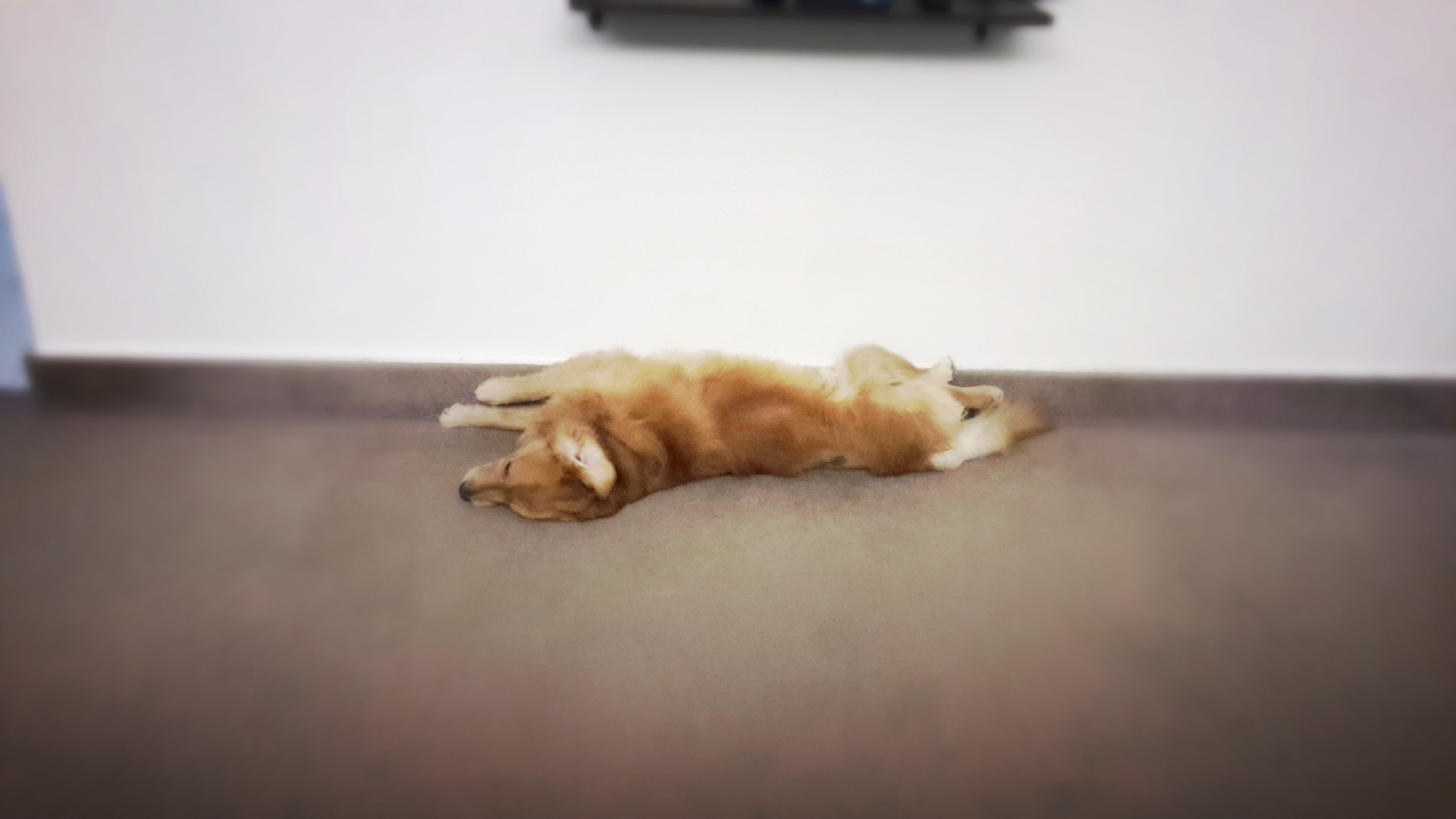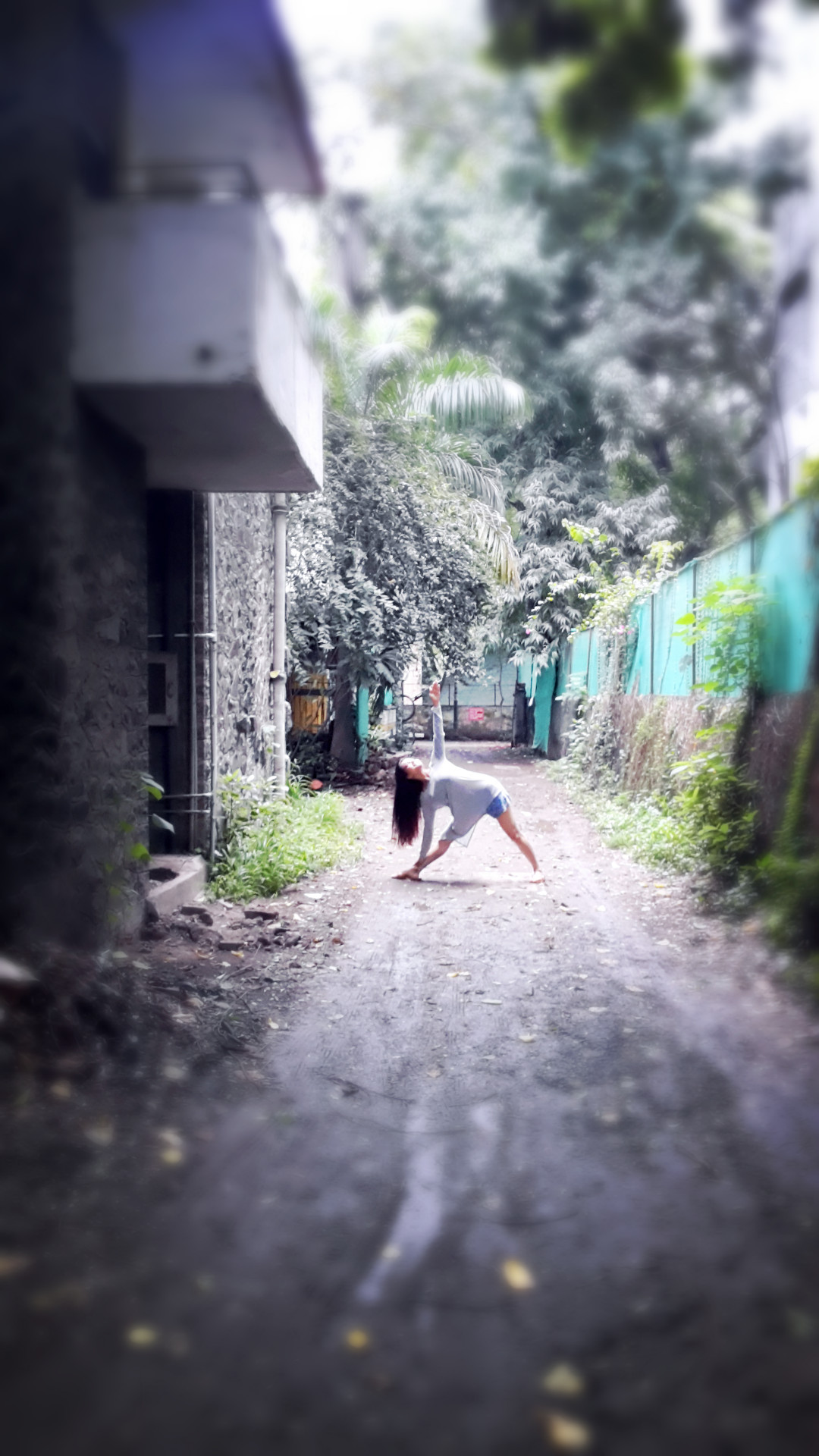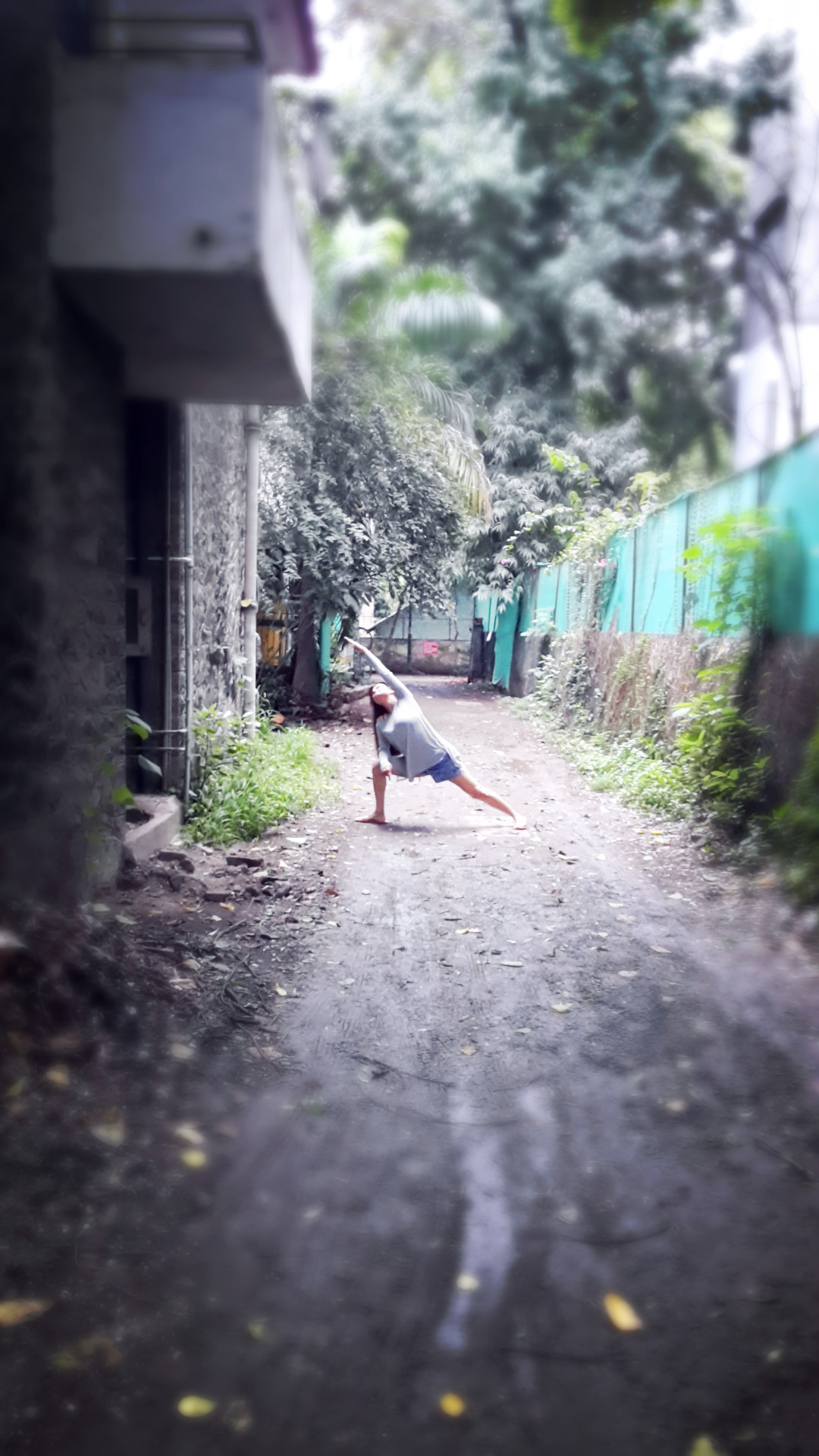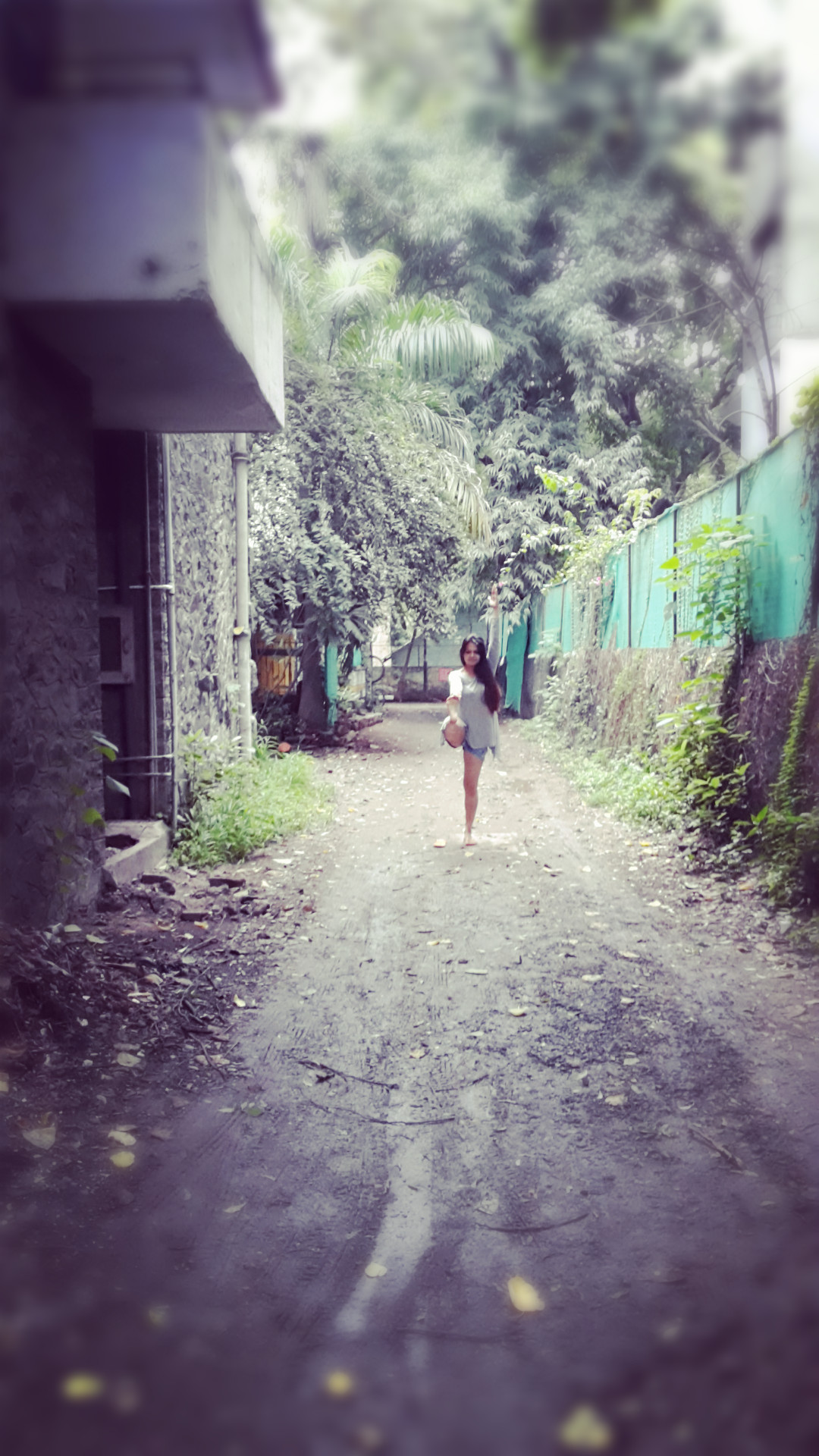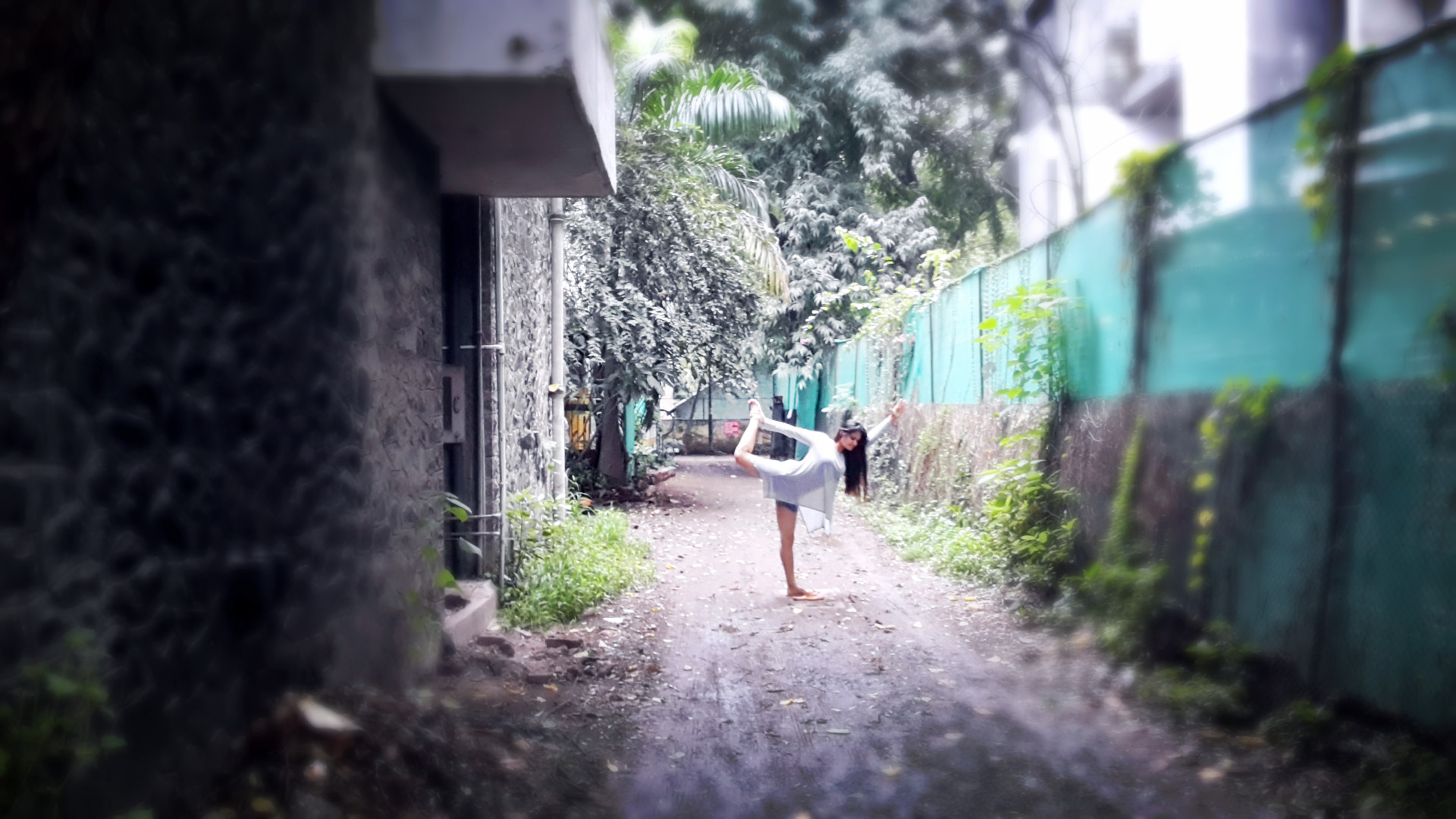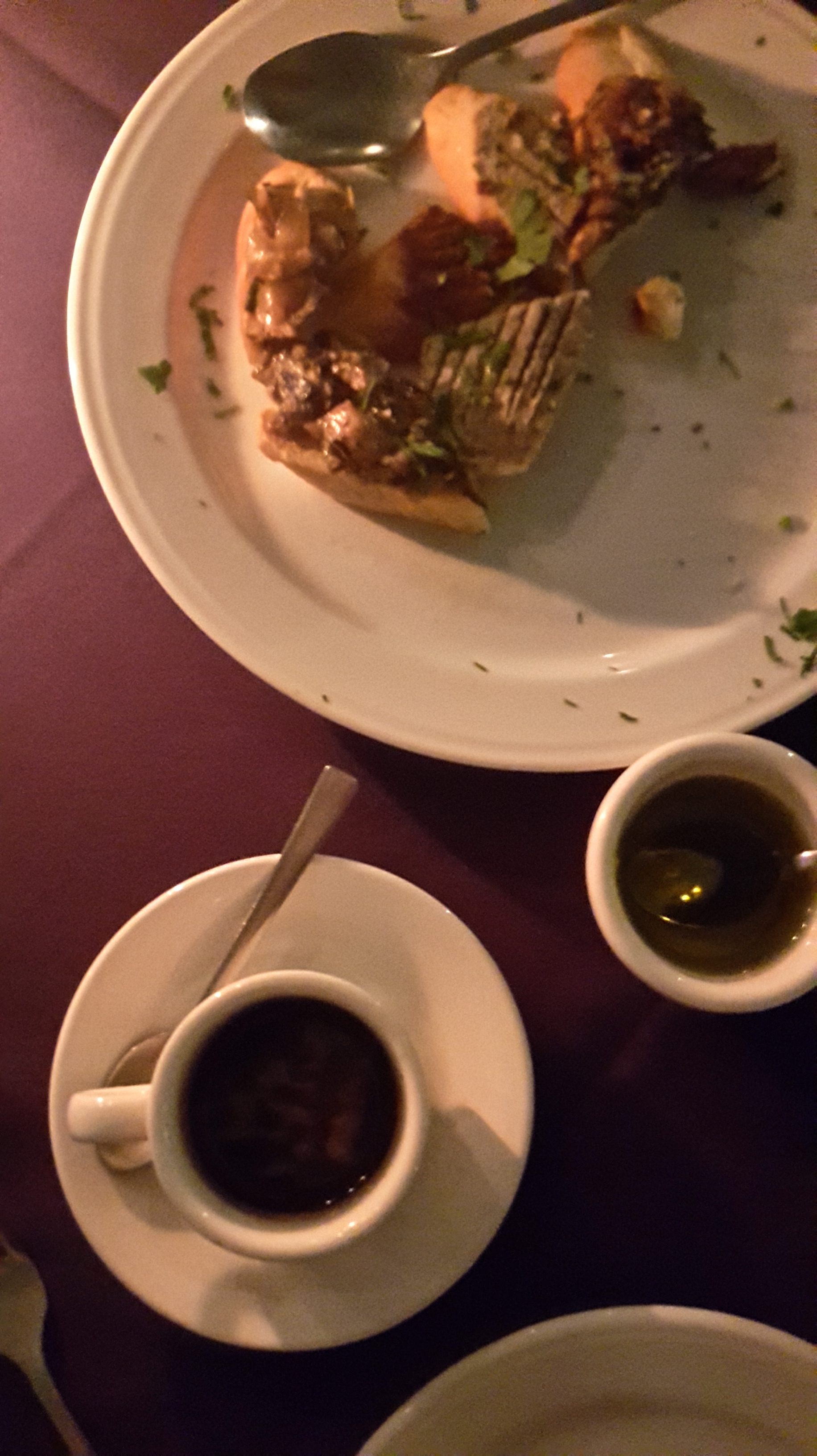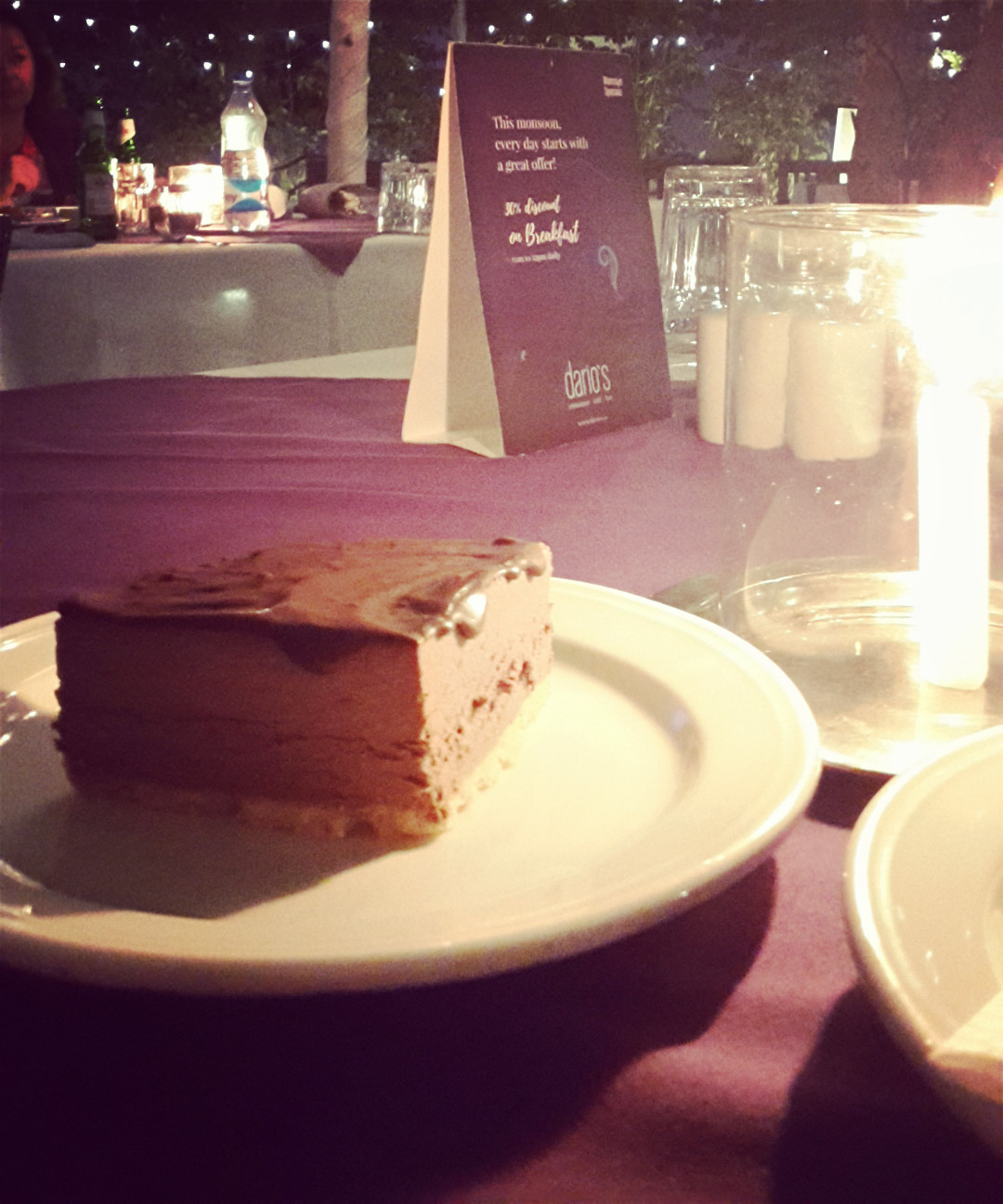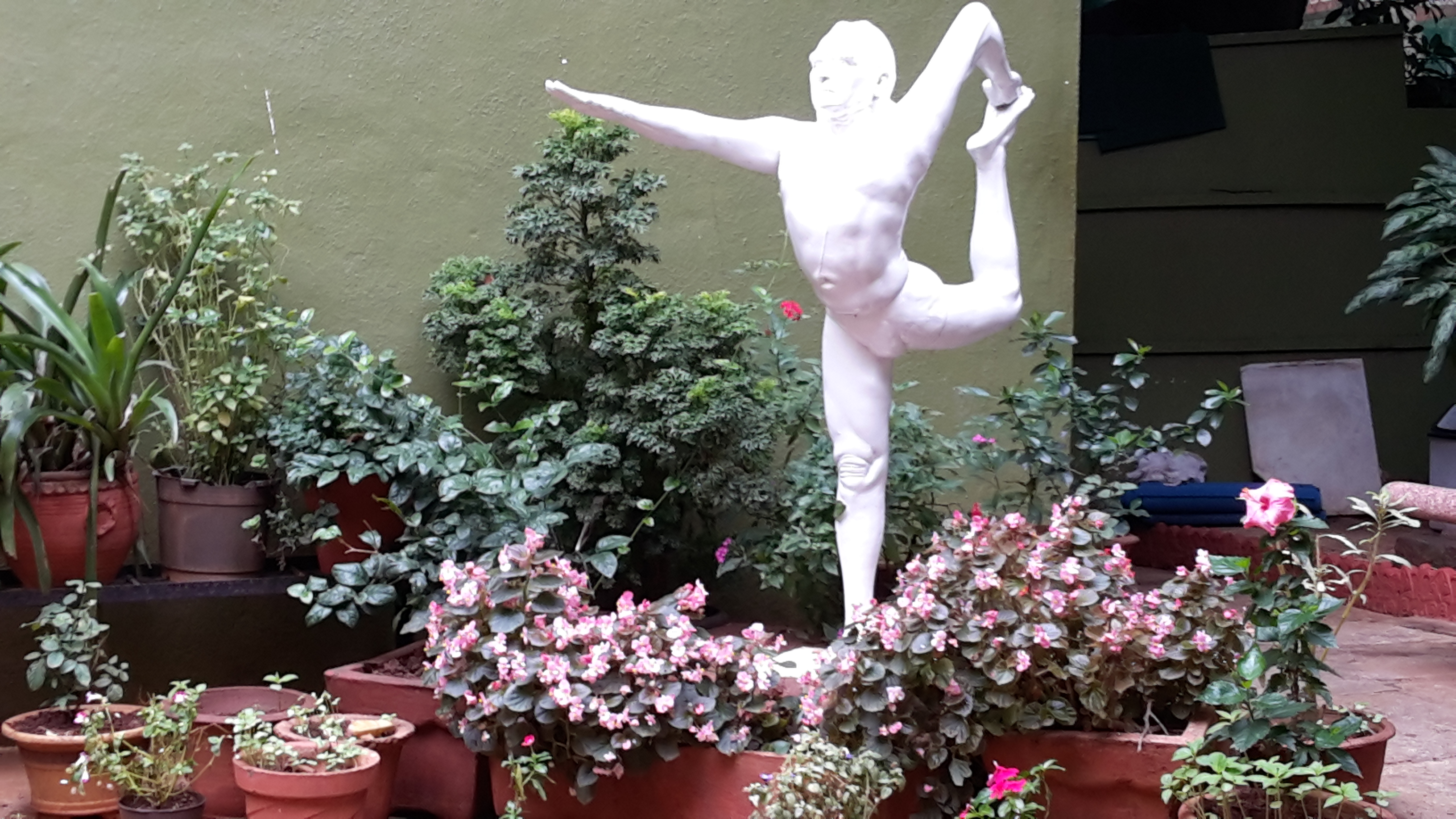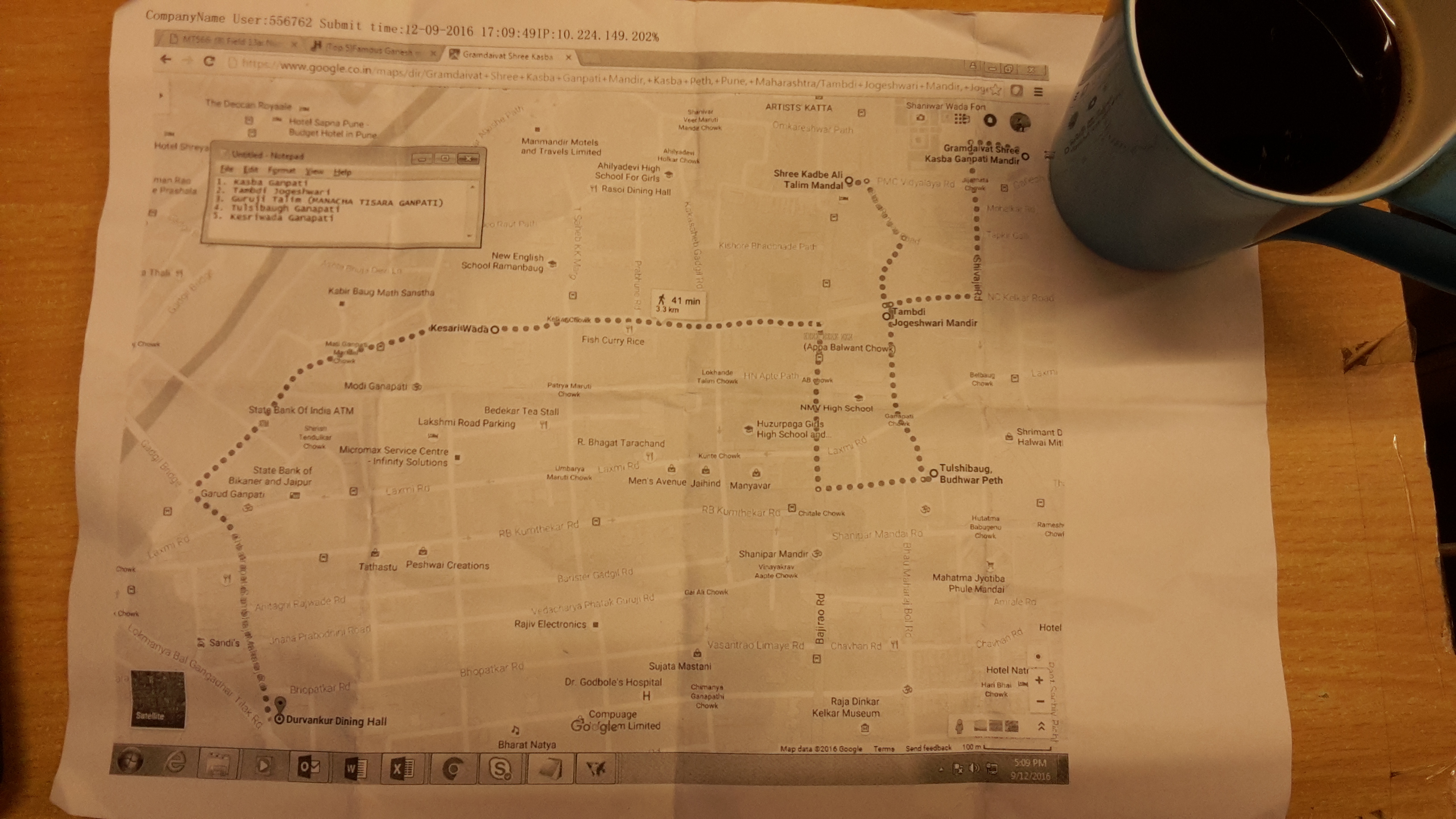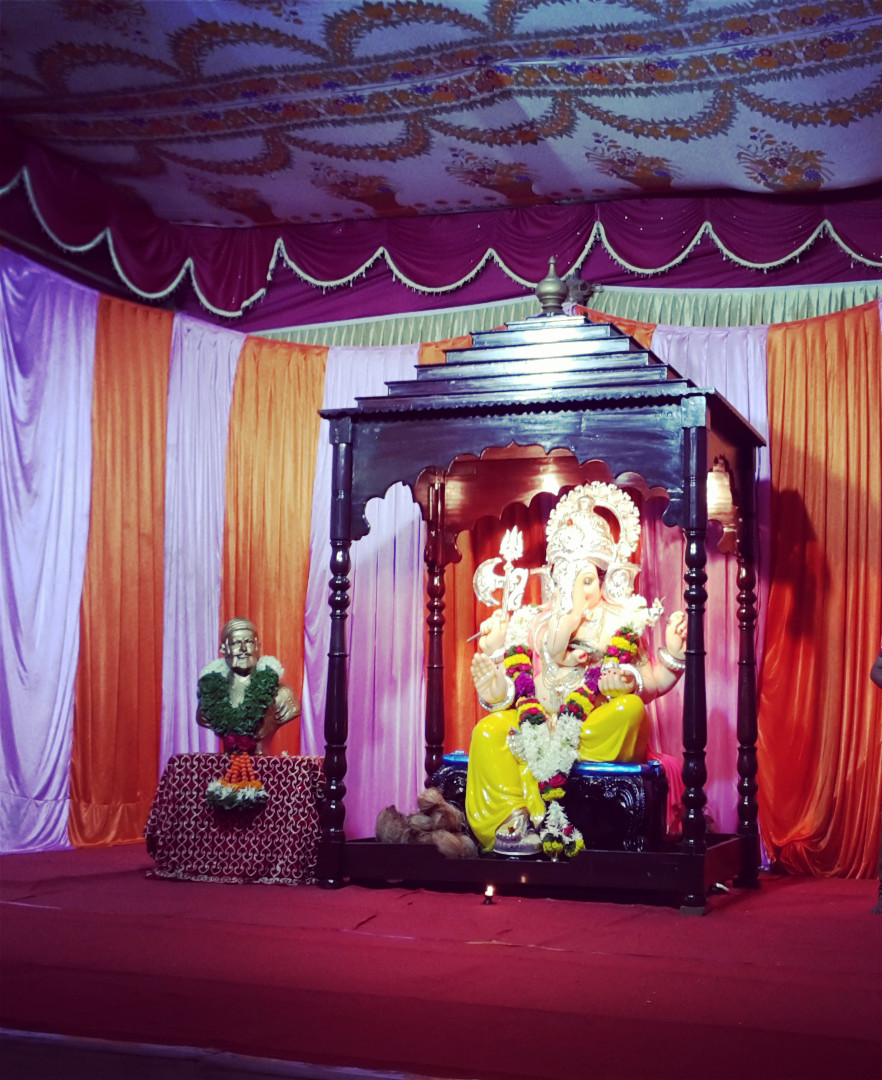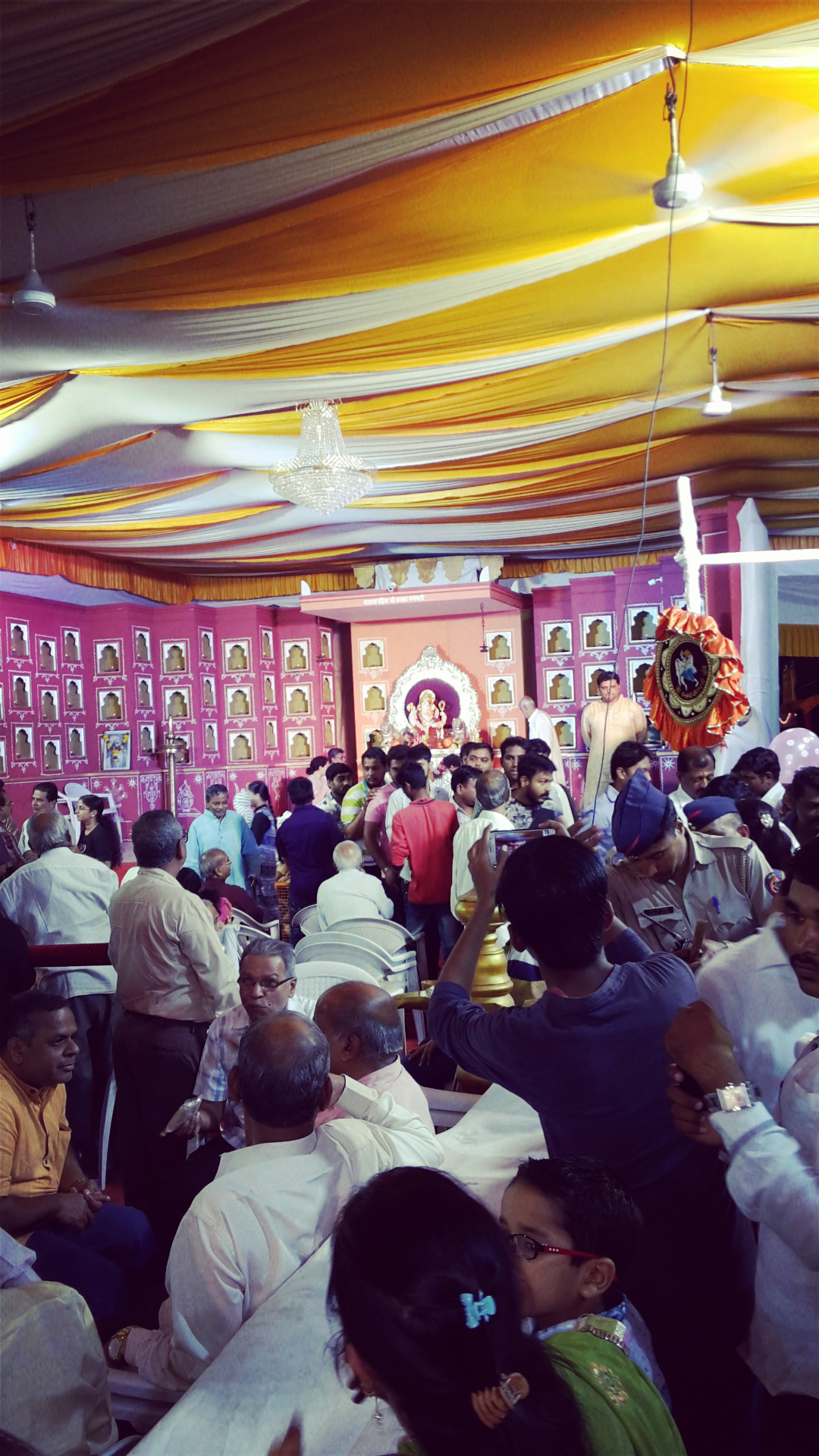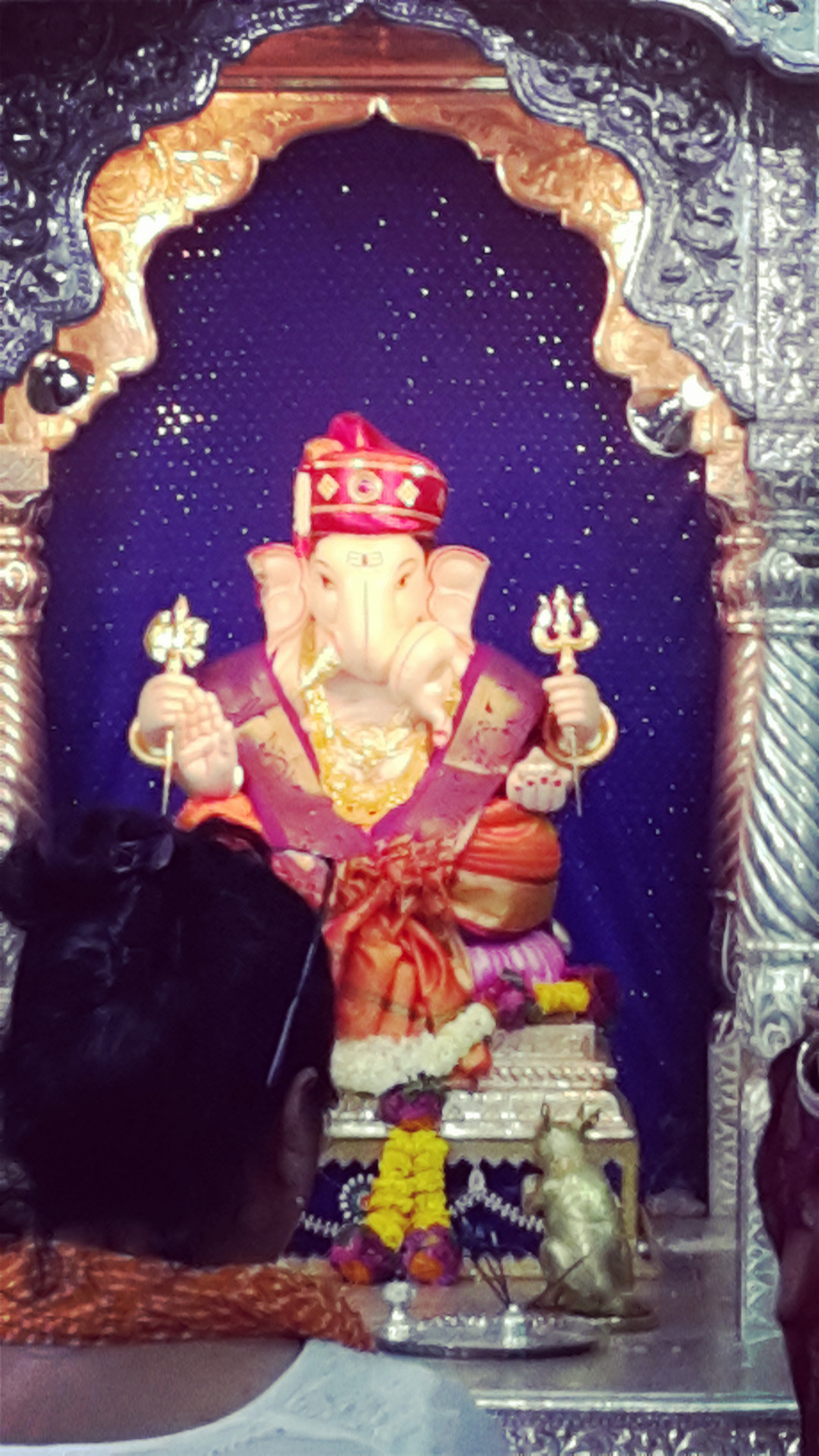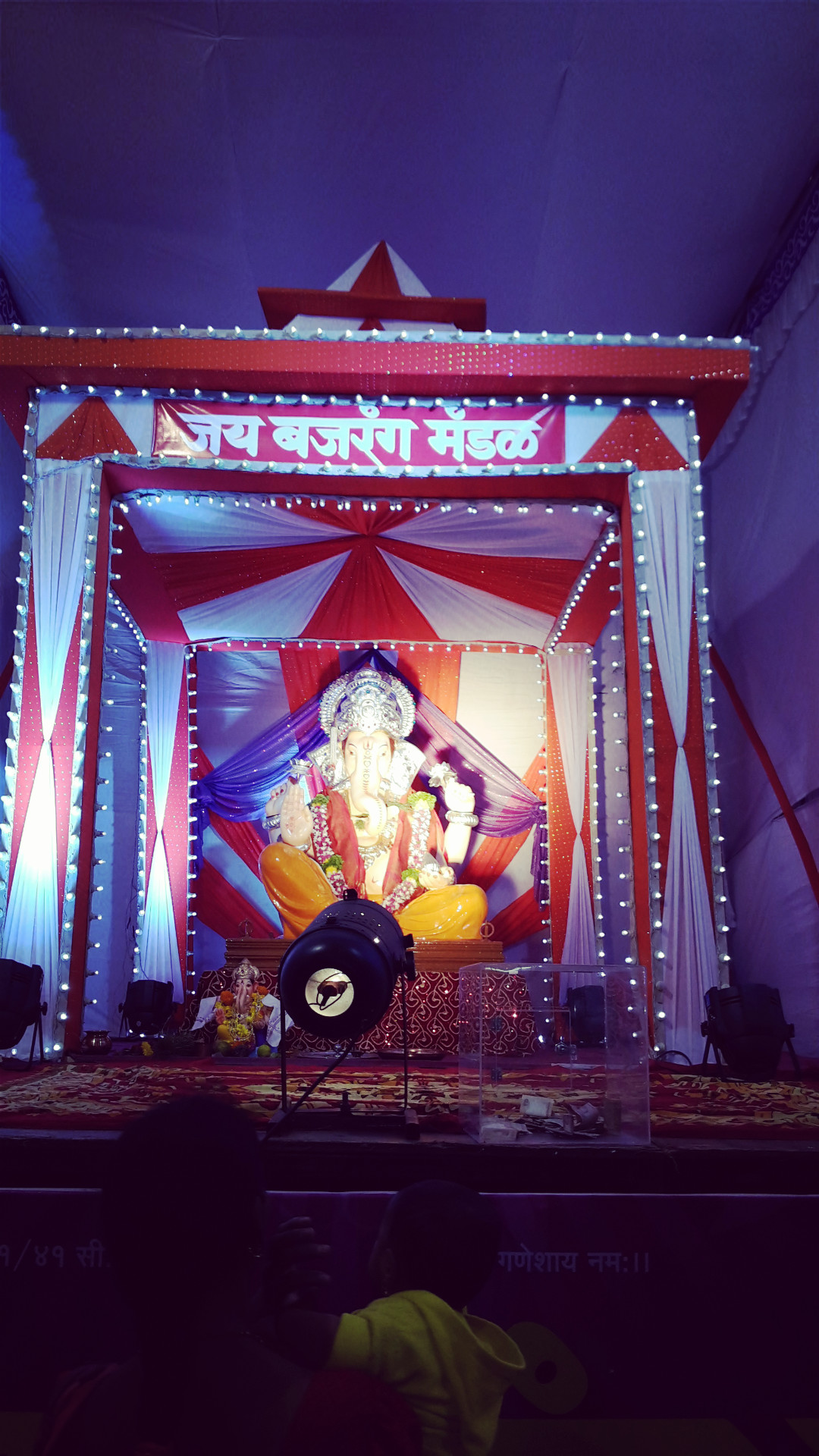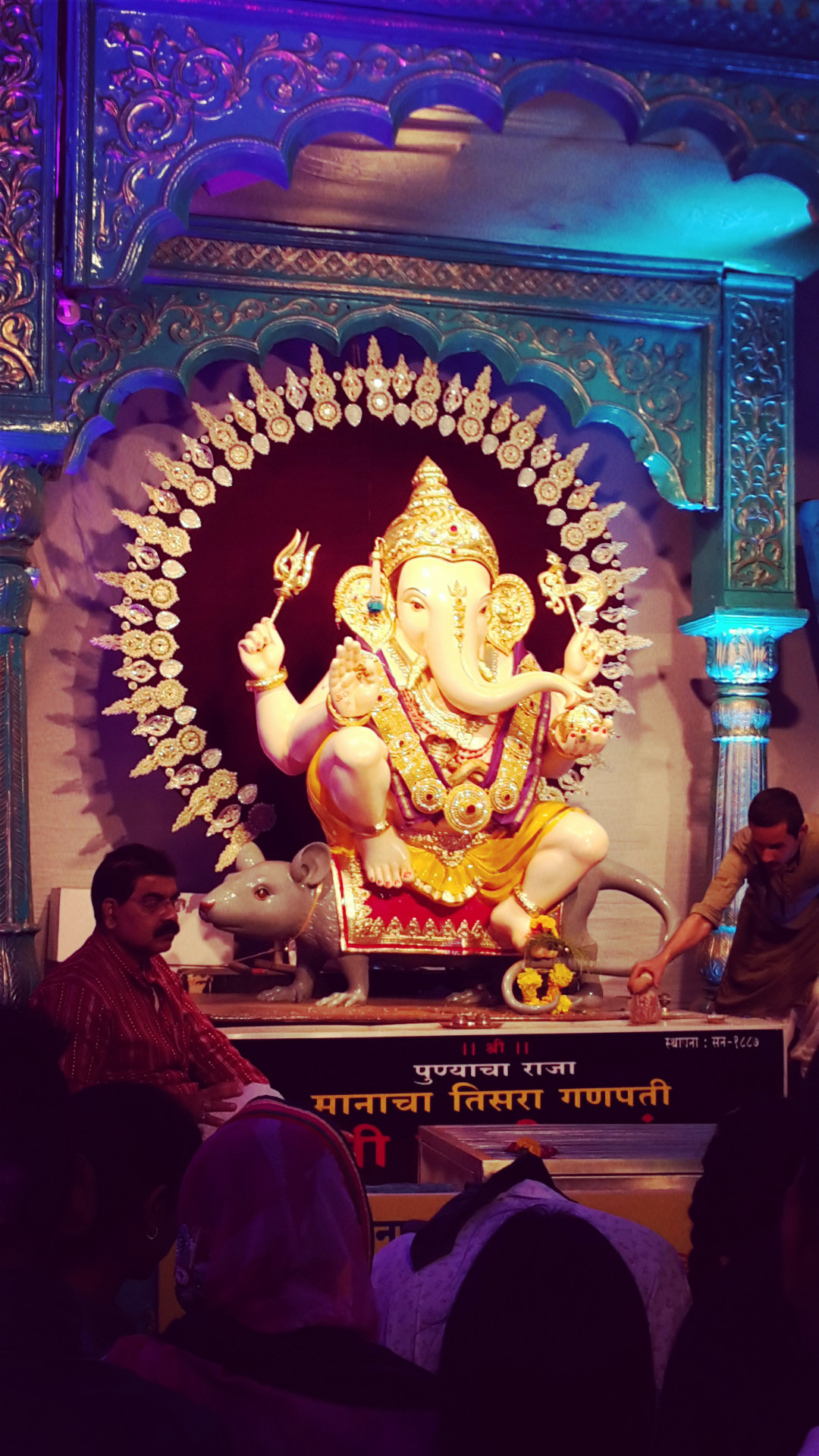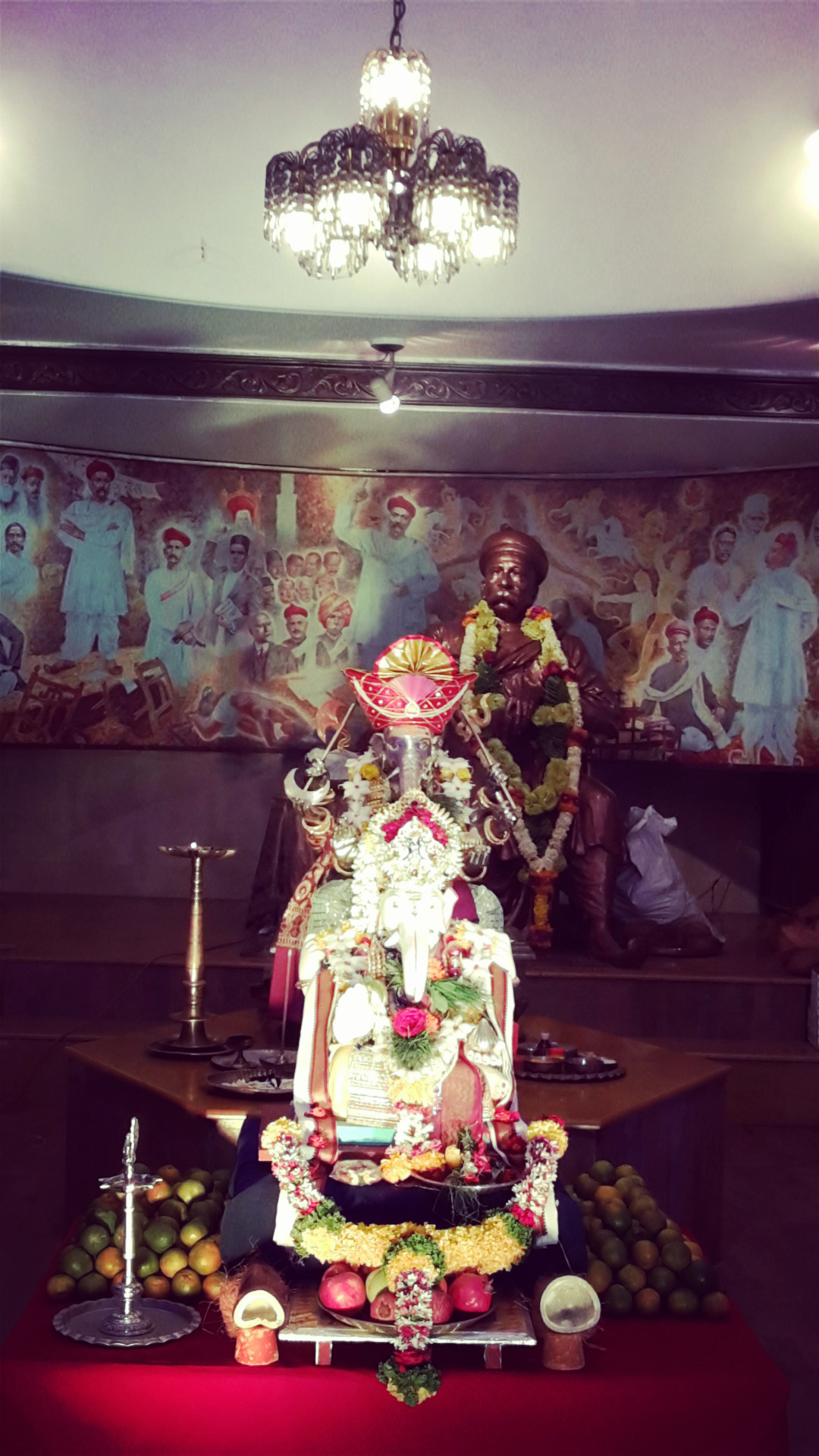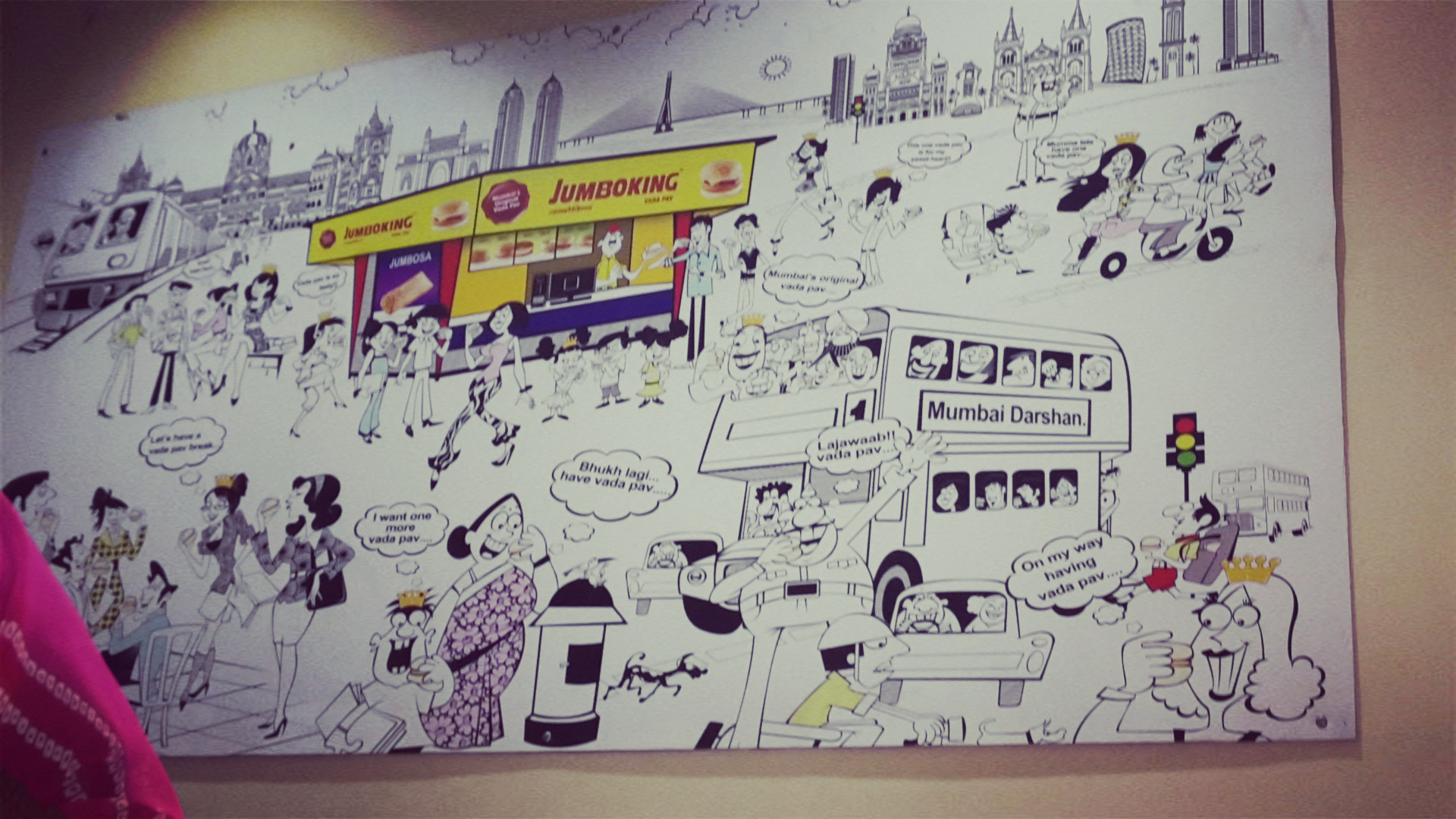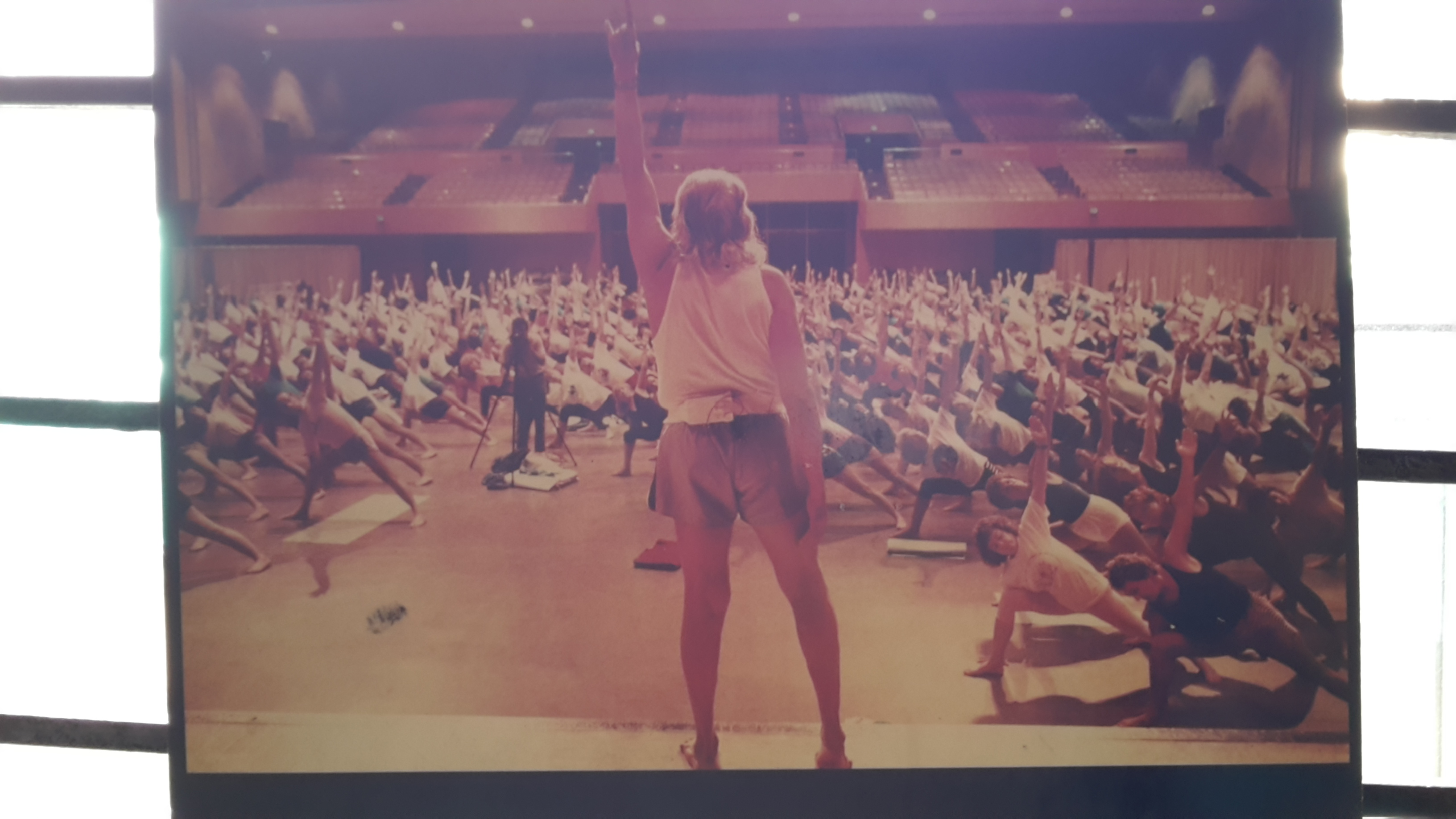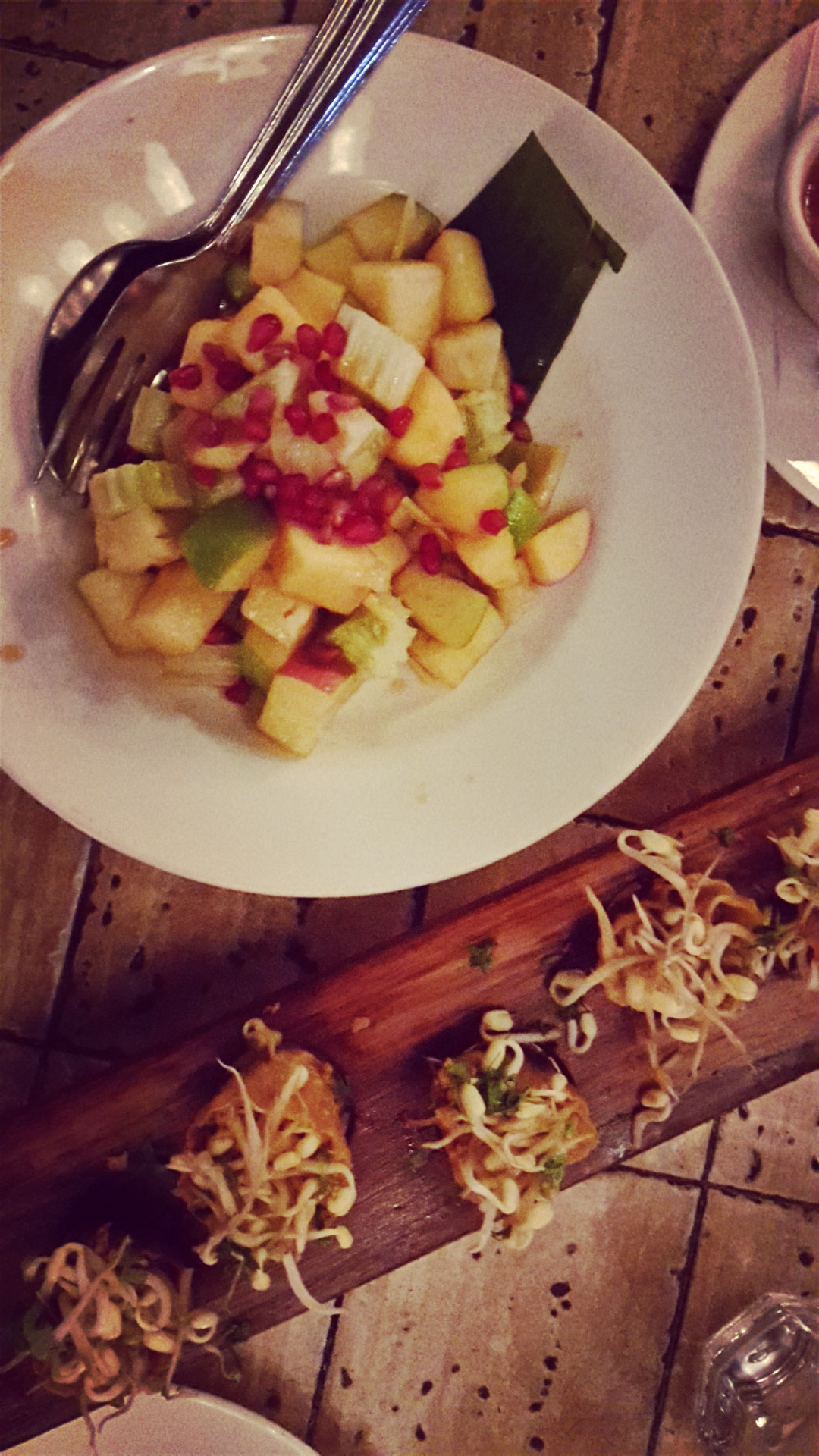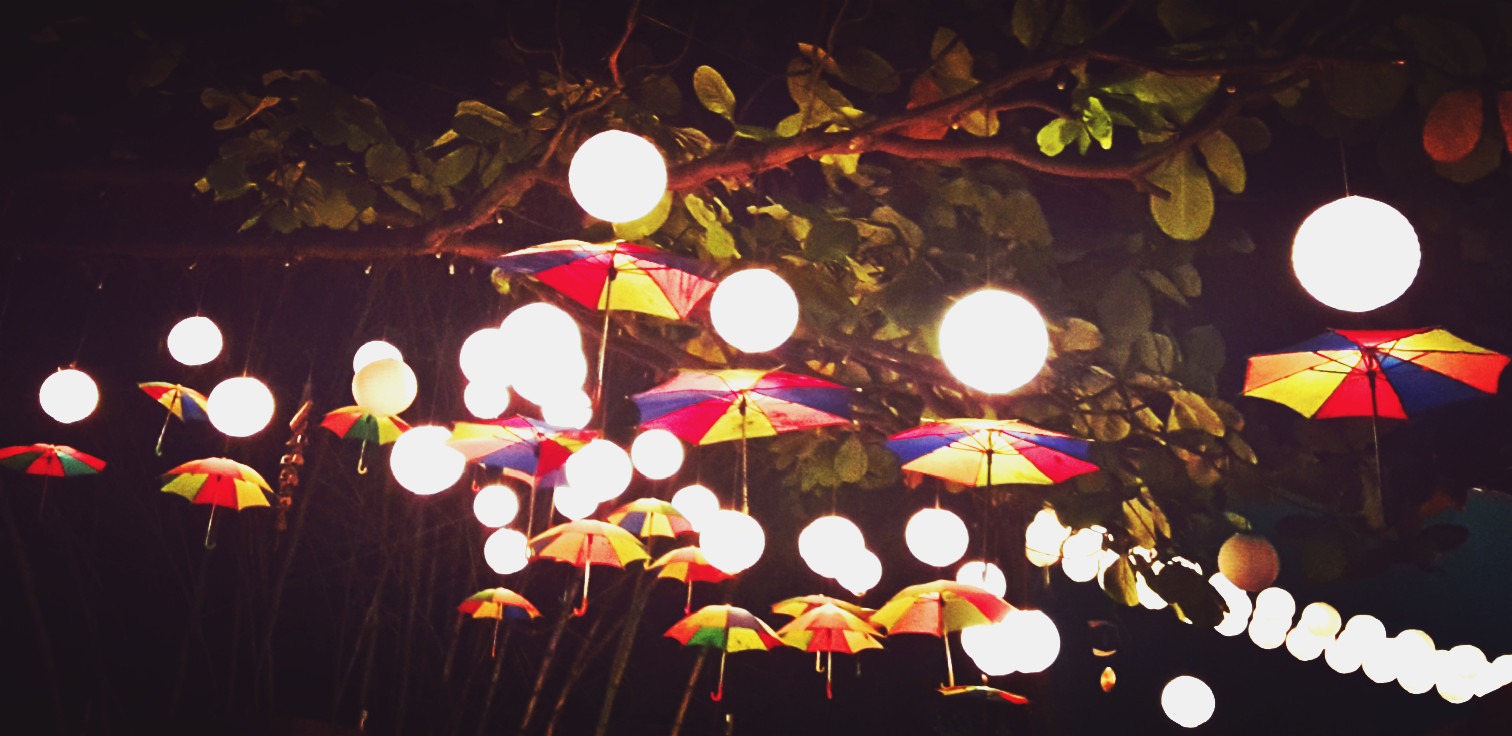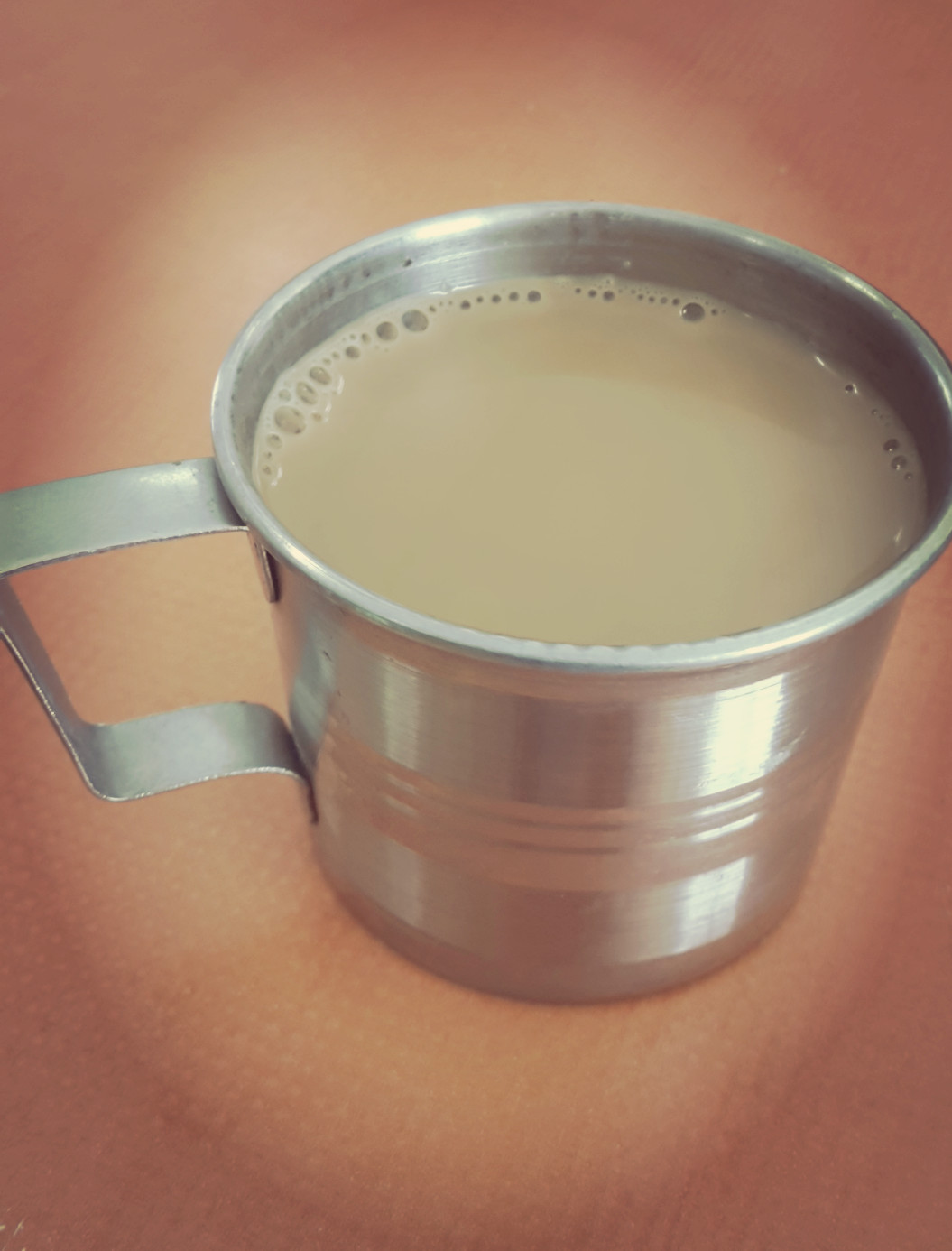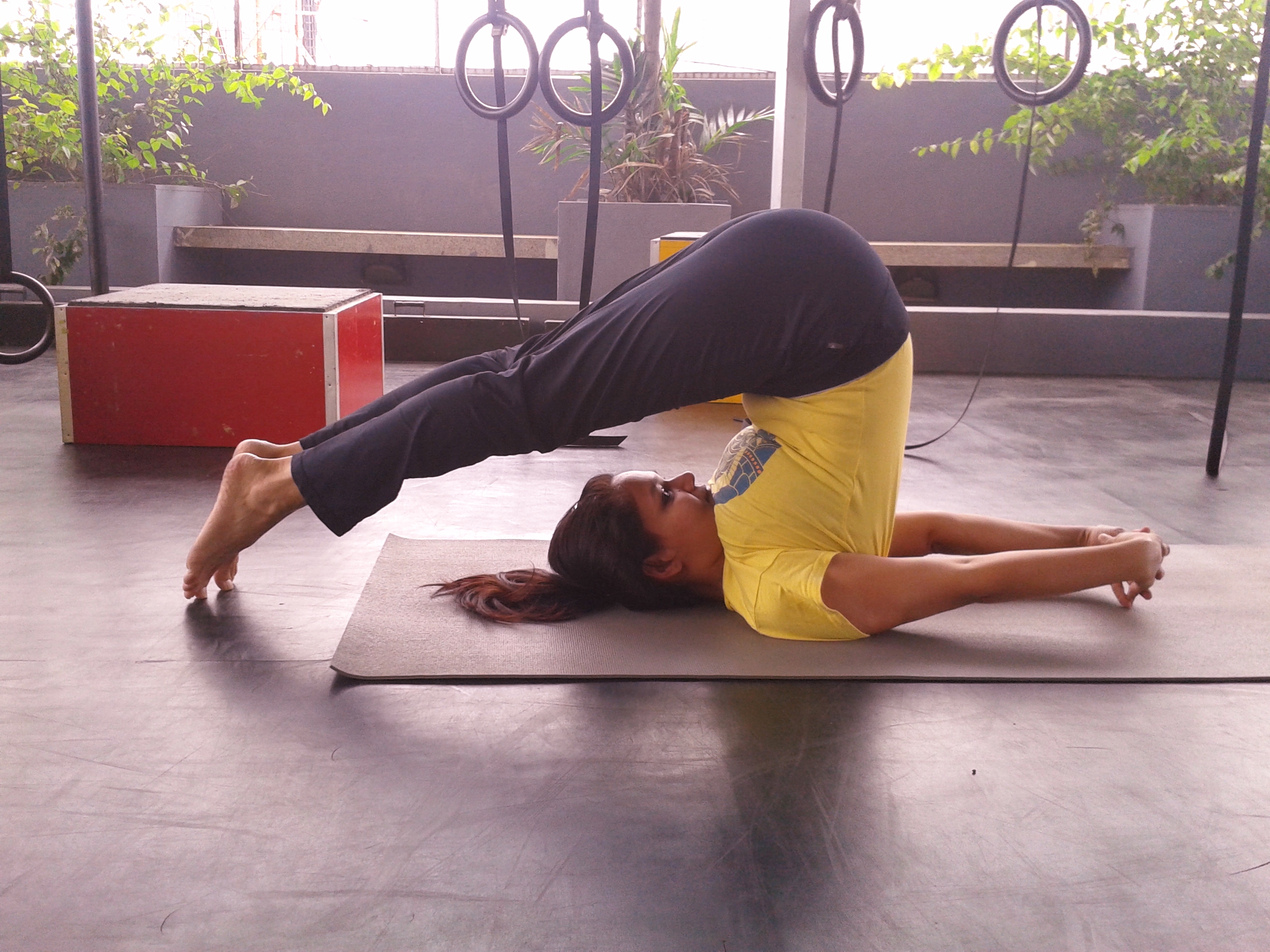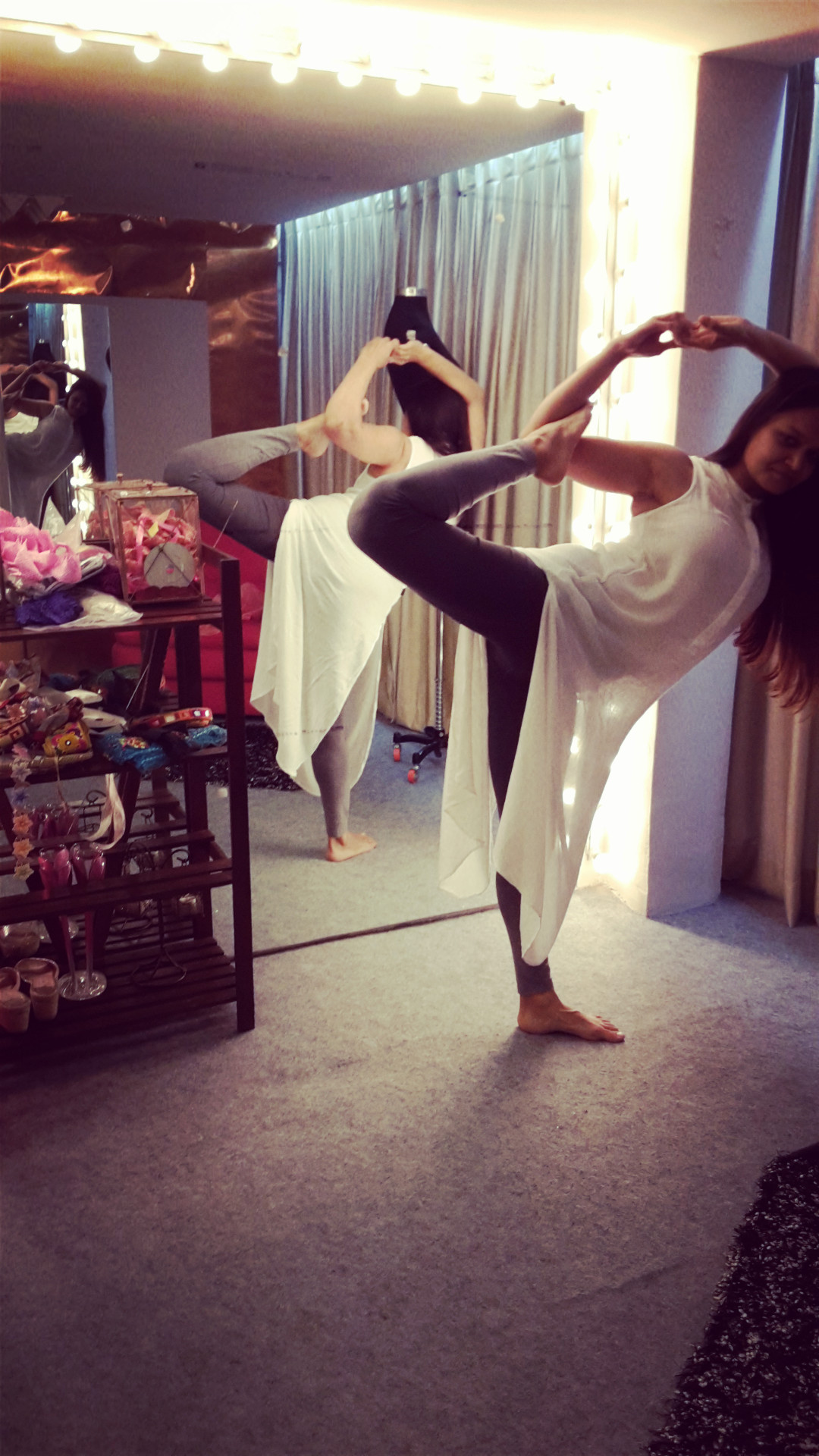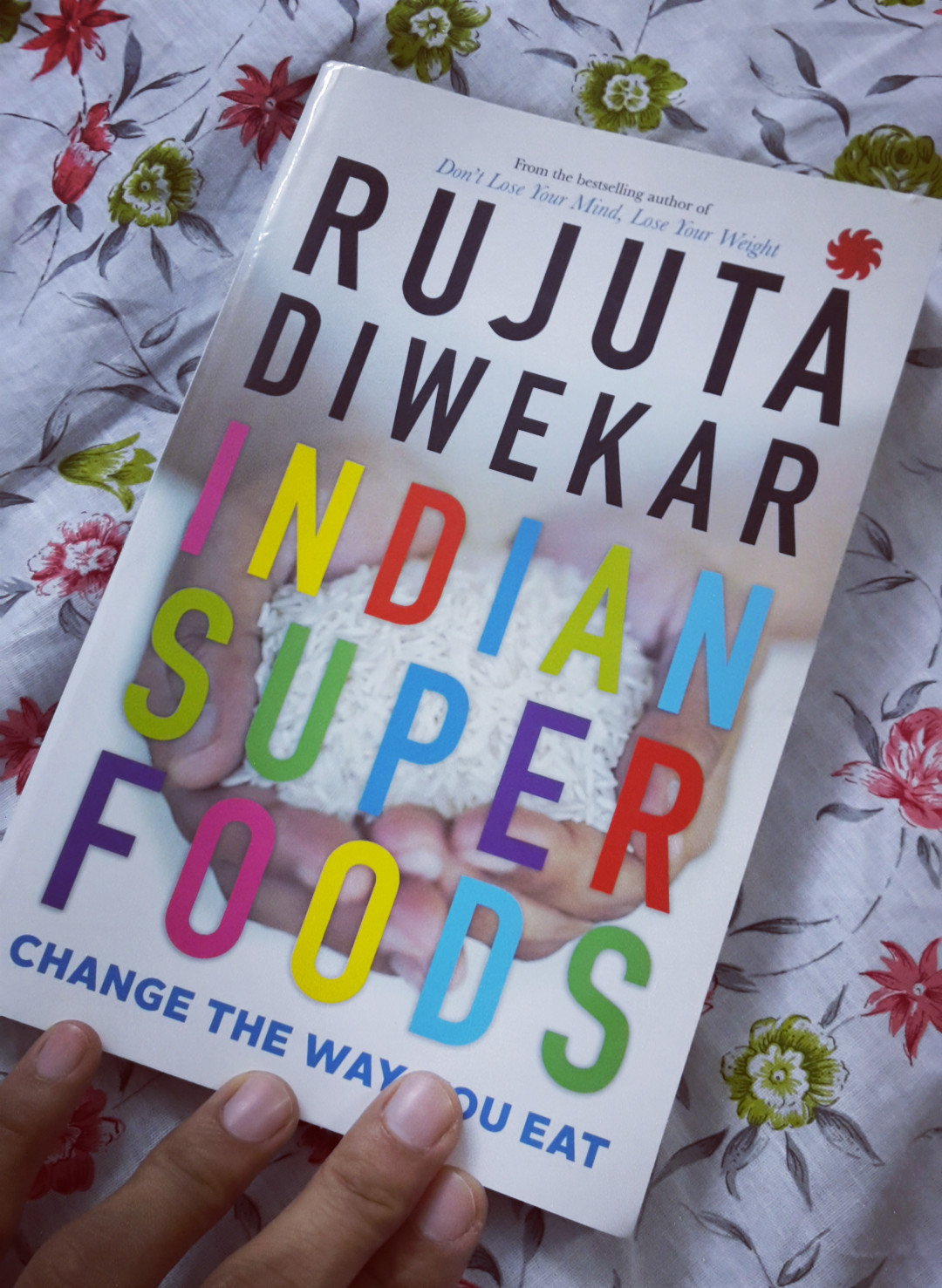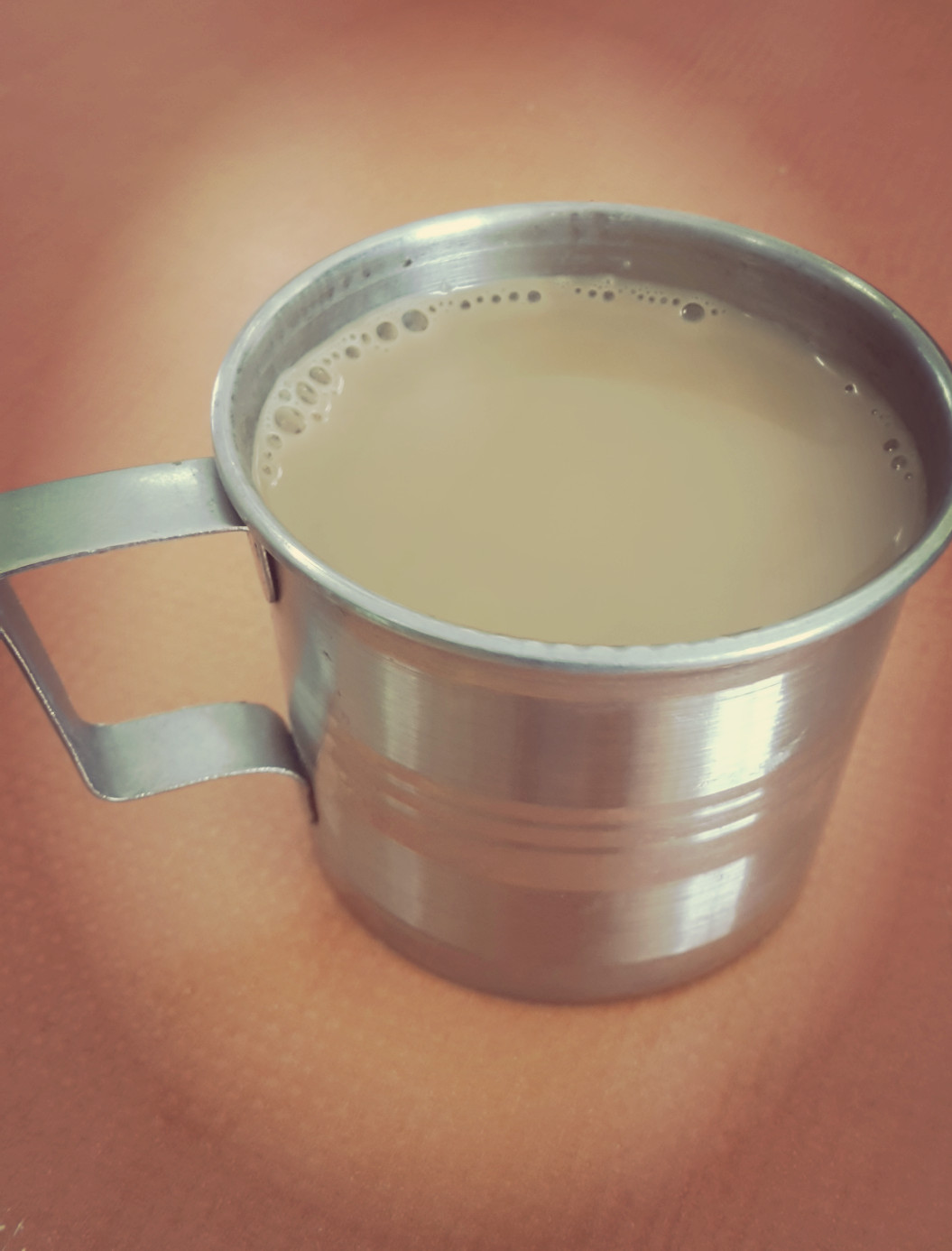I watched ‘Eat Pray Love’ and later devoured the book. I loved the book and the movie. I remember googling to find out what ashram Elizabeth Gilbert had checked into. My friends and discussed the book and its ideas to death. We planned similar journeys. And finally, all of us hoped that should we ever experience a life altering event, we would have the courage and strength to overcome it just like Elizabeth Gilbert.
Elizabeth Gilbert went on to write another book about her life post marriage with the love of her life (whom she met in at the end of ‘Eat Pray Love’). I haven’t had a chance to read that book yet, but I do hope to pick it up soon. Over the past few weeks the internet exploded with news that Elizabeth Gilbert has divorced her husband of 12 years – for the woman she’s in love with. The thing is, this news wasn’t brought to the world through newspapers and magazine stories; Gilbert put it up on her Facebook page herself. She included a picture of herself with the woman she loves.
Today while in the Sirsasana, with rivulets of sweat running down(up?) my torso and onto the mat, I think I gained a new perspective. This morning we were taught how to balance our shoulders and torso in the headstand. The teacher took us through various moves that helped us understand the positioning and behaviour of our shoulder blades and other parts of the torso. This was to give us insight into how we can improve our headstand. I was experimenting with my headstand and the experiments had me almost toppling and definitely very very unstable.
I’m sure falling in love while married, deciding to commit to the woman you love (despite knowing she has terminal cancer) and finally calling it quits on a relationship of 12 years with the love of your life (and which has been immortalized in a couple of best selling books) wasn’t easy. And it didn’t happen overnight. There must’ve been moments of uncertainty, of fear, of helplessness, anxiety, doubt, anger…and an overwhelming sense of insecurity. Deciding to go public with an intensely private matter of this kind also couldn’t have been easy for a woman known the world over for her soul searching trip to India and Bali. No one in the public domain is impervious to criticism. With social media being so pervasive, every detail of your life can be analysed. You can be publicly berated for your actions, opinions and personal choices. Therefore I think it was very very brave of her to be open about the choice that she made, and to risk a lot of bad publicity, ‘unfriends’, ‘unfollows’ and ‘unlikes’. In an age where lifestyle choices are beamed out to the world the second they are made, we are constantly under the scanner.
For health and fitness professionals, it is imperative to look their best in every post. Even pictures of them looking less than their best are always pictures of them looking fabulously less than their best. The constant scrutiny from fans and followers creates intense pressure to look a particular way or make certain choices. For fitness professionals choices such as drinking, smoking and indulging the sweet tooth present a challenge – to broadcast or not to broadcast? I wonder, for instance, as a yoga expert what if I were to one day get a condition that yoga is meant to prevent – how would I go public with it? Would I, like Gilbert, have the courage to talk about my experience? Or what if I were to gain all the weight back (a fear that I constantly live with)? How would I even begin to talk about it? Which is why I feel like the protagonist on ‘Eat Pray Love’ is more courageous than what was portrayed in the book. Her courage is uncommon and her quest for herself is very honest.
This is something we can all learn from. What if an event in your life forced you to re-evaluate everything you’ve stood for so far? Most of us are so fixated in our opinions and lives that we can almost never admit that we are wrong. And what if we had to do so publicly? I can’t imagine what Elizabeth Gilbert went through, but I think it would have been a process of immense growth and fulfilment.
When was the last time you were faced with a situation that challenged your basics and how did you deal with it? Was it a process of growth and learning? If yes, what did you learn?
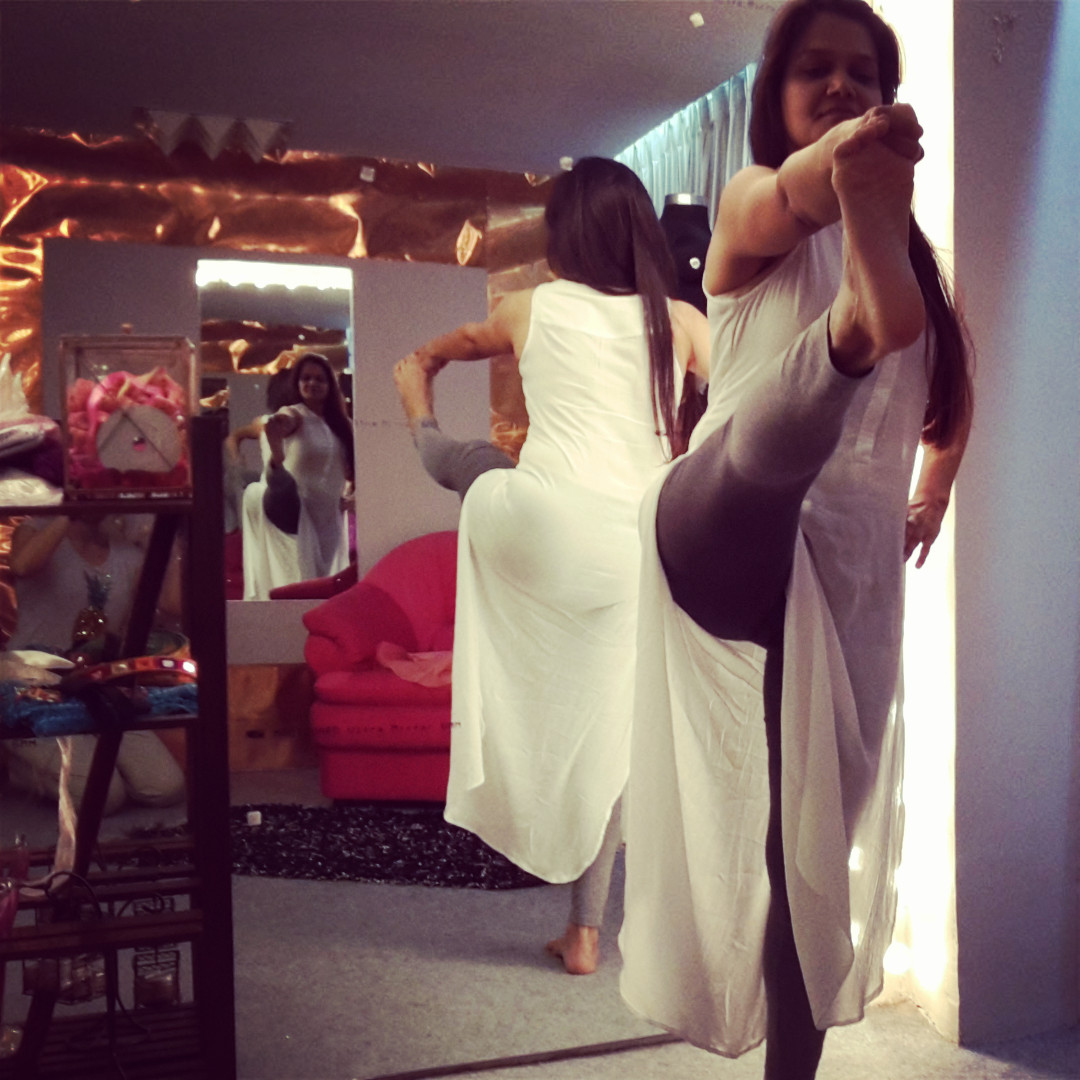
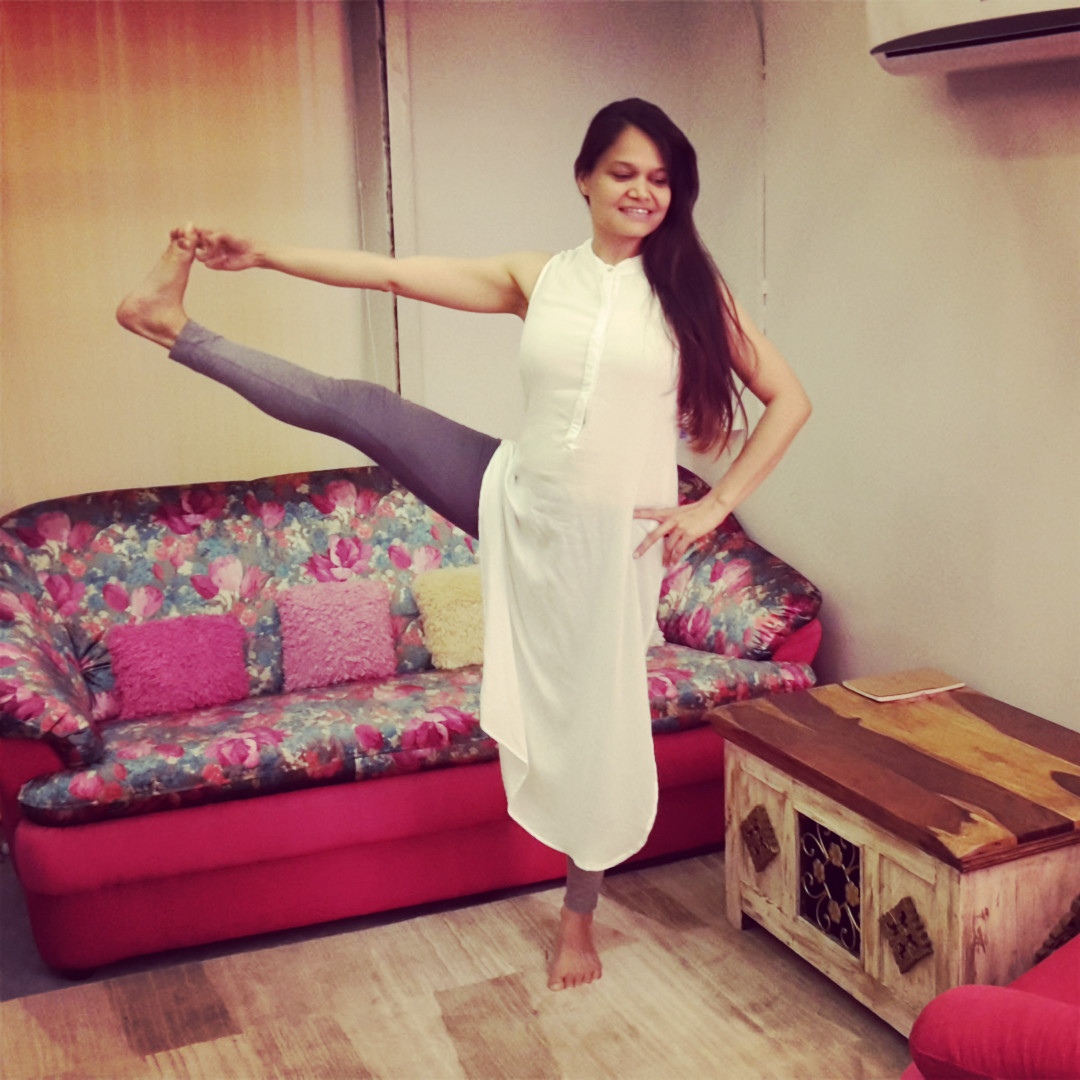

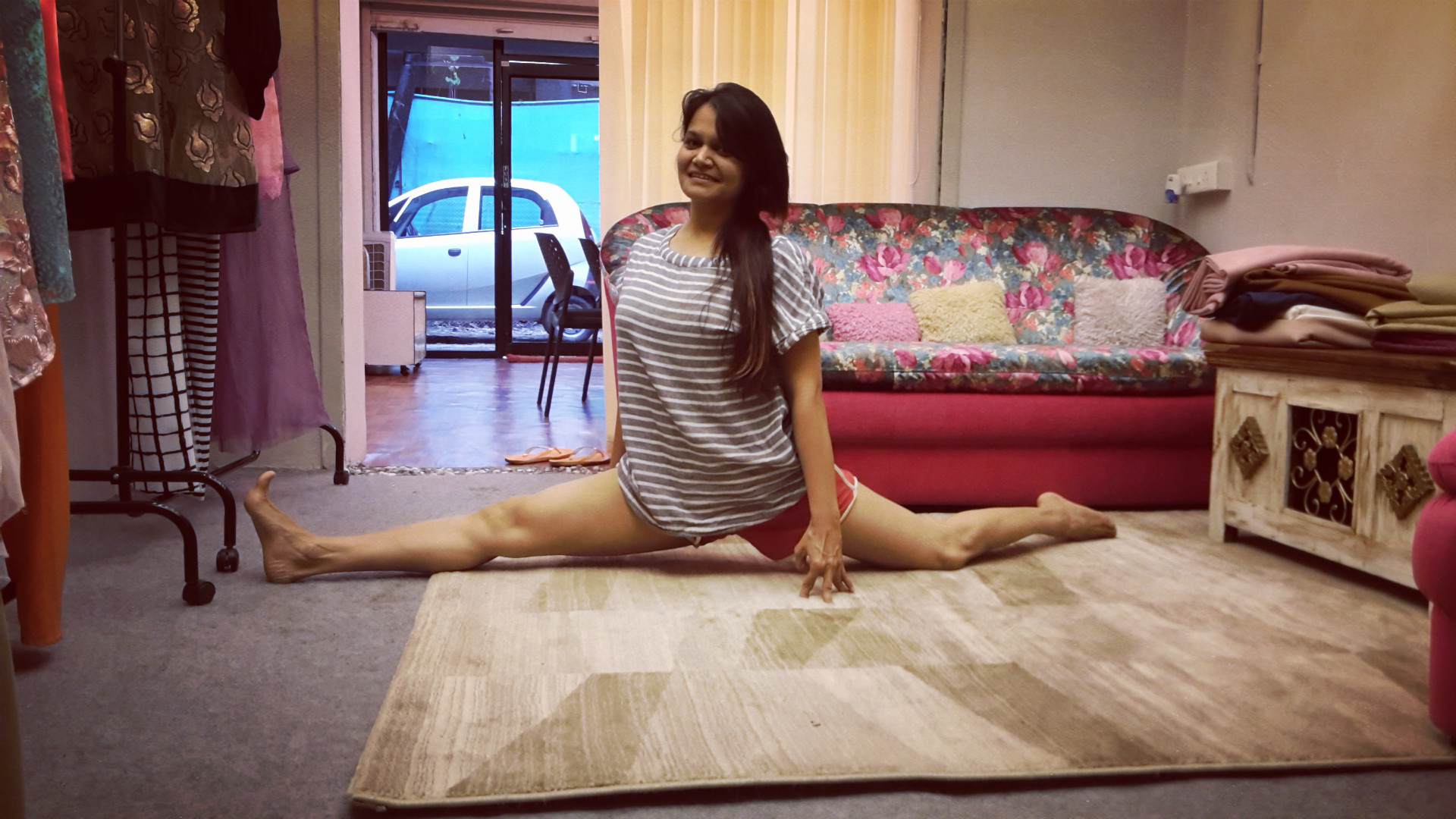
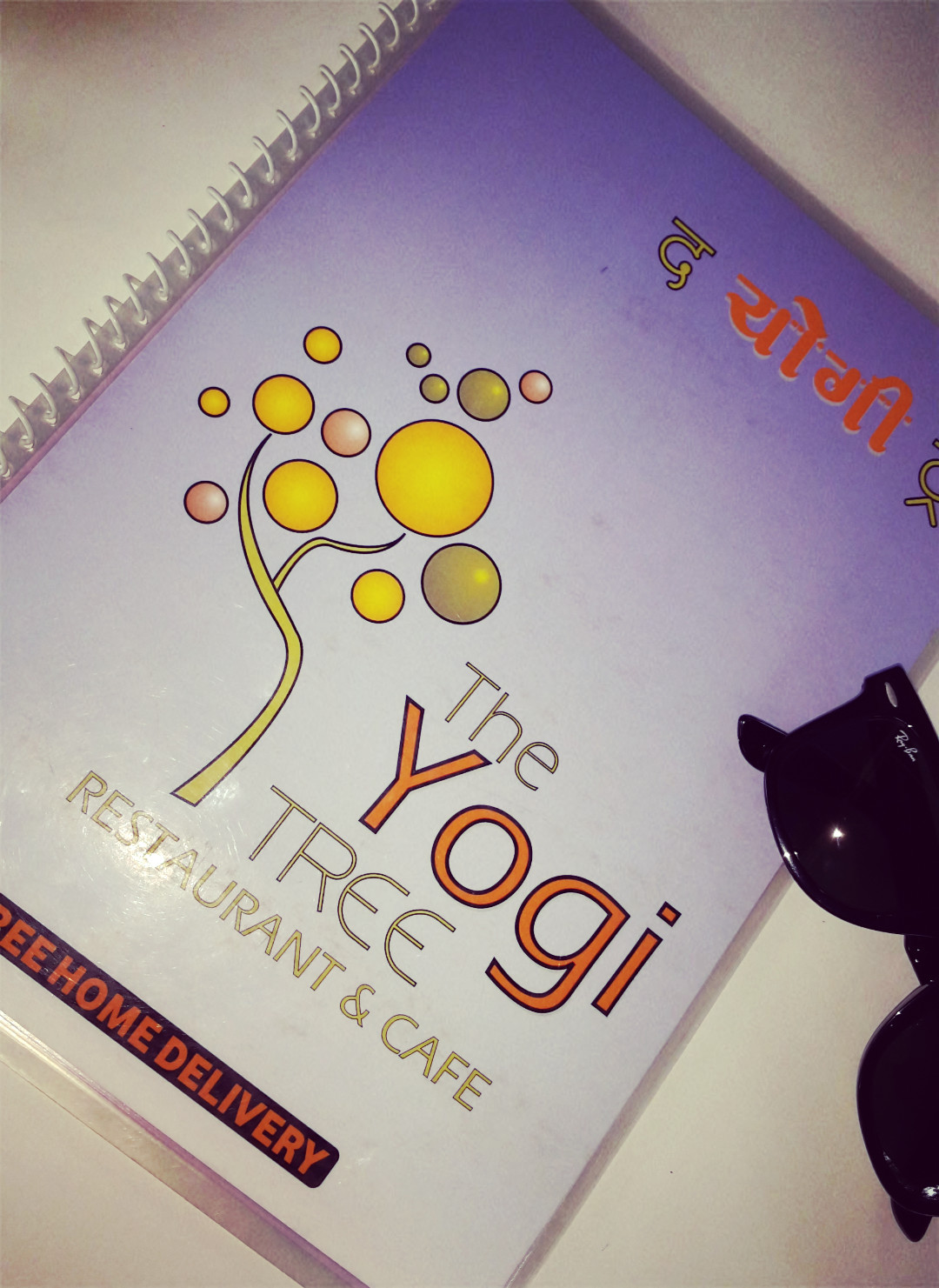
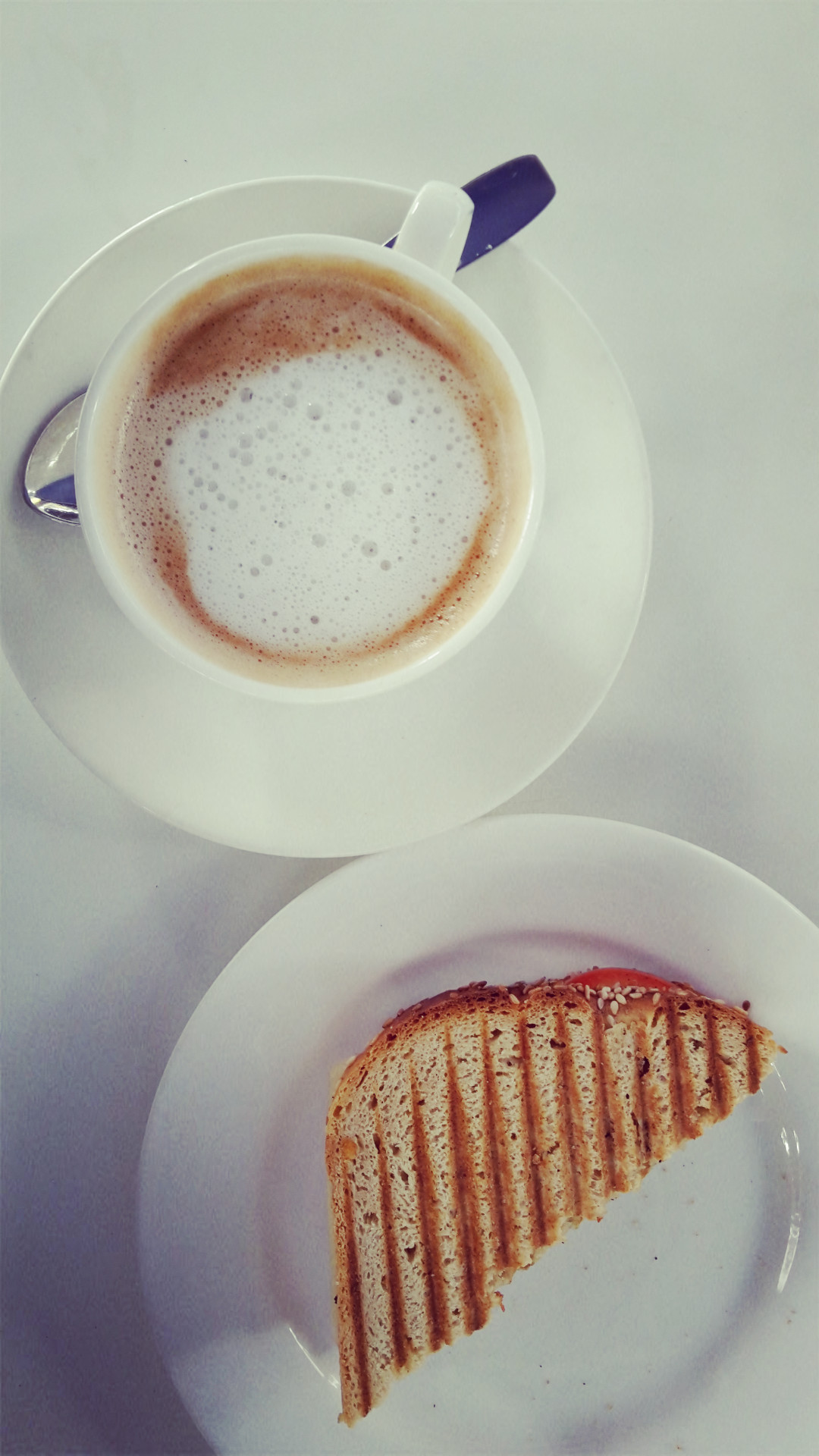
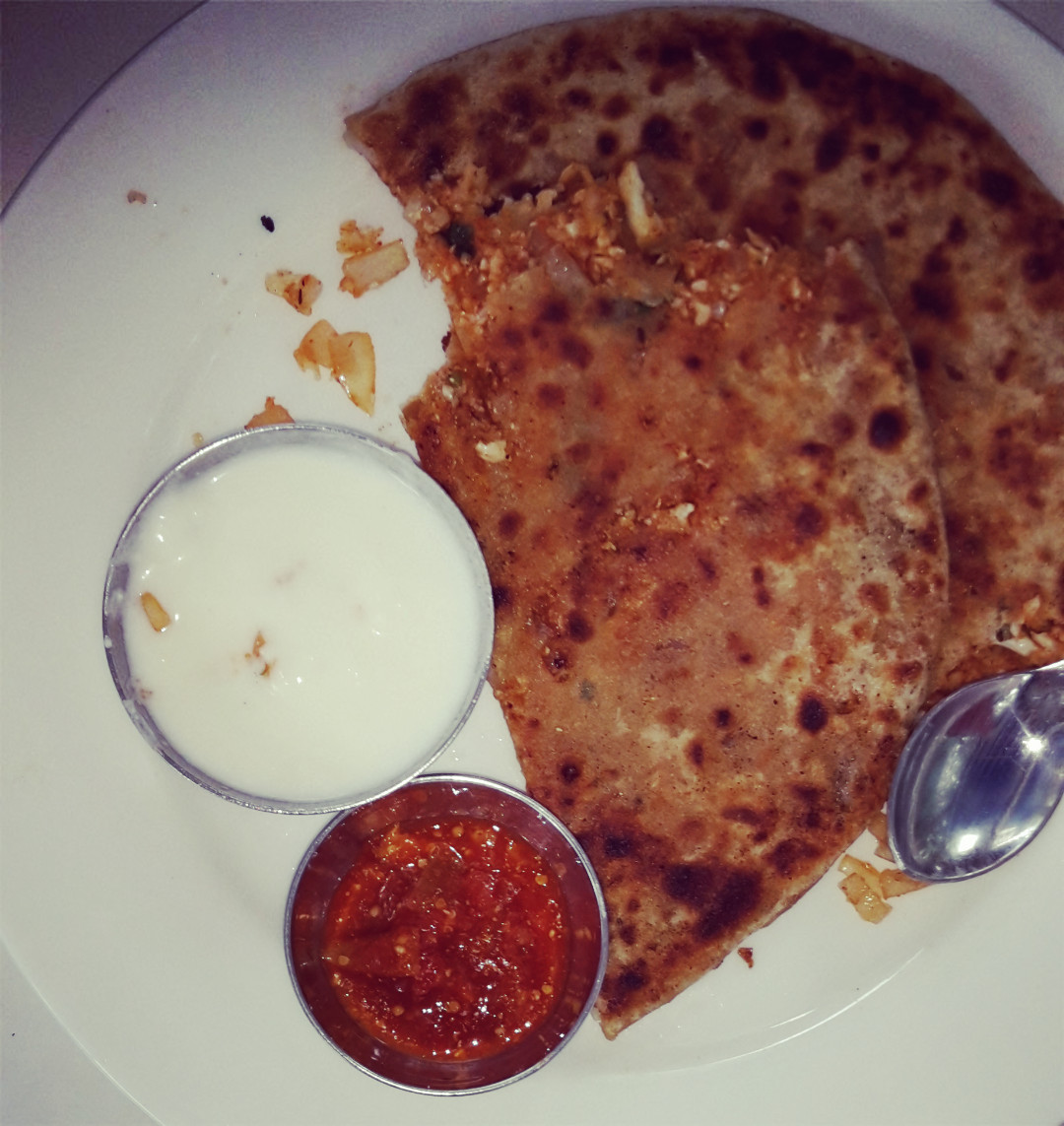
 wanted to indulge in a little bit of street shopping also while here. I did go to Lakshmi road a day before the Ganapati festival. It was crowded and I don’t think I’ll ever willingly go there again. But I managed to pick up two pairs of beautiful Kolapuri chappals, which; for the record; happen to be my favorite kind of footwear.
wanted to indulge in a little bit of street shopping also while here. I did go to Lakshmi road a day before the Ganapati festival. It was crowded and I don’t think I’ll ever willingly go there again. But I managed to pick up two pairs of beautiful Kolapuri chappals, which; for the record; happen to be my favorite kind of footwear.



